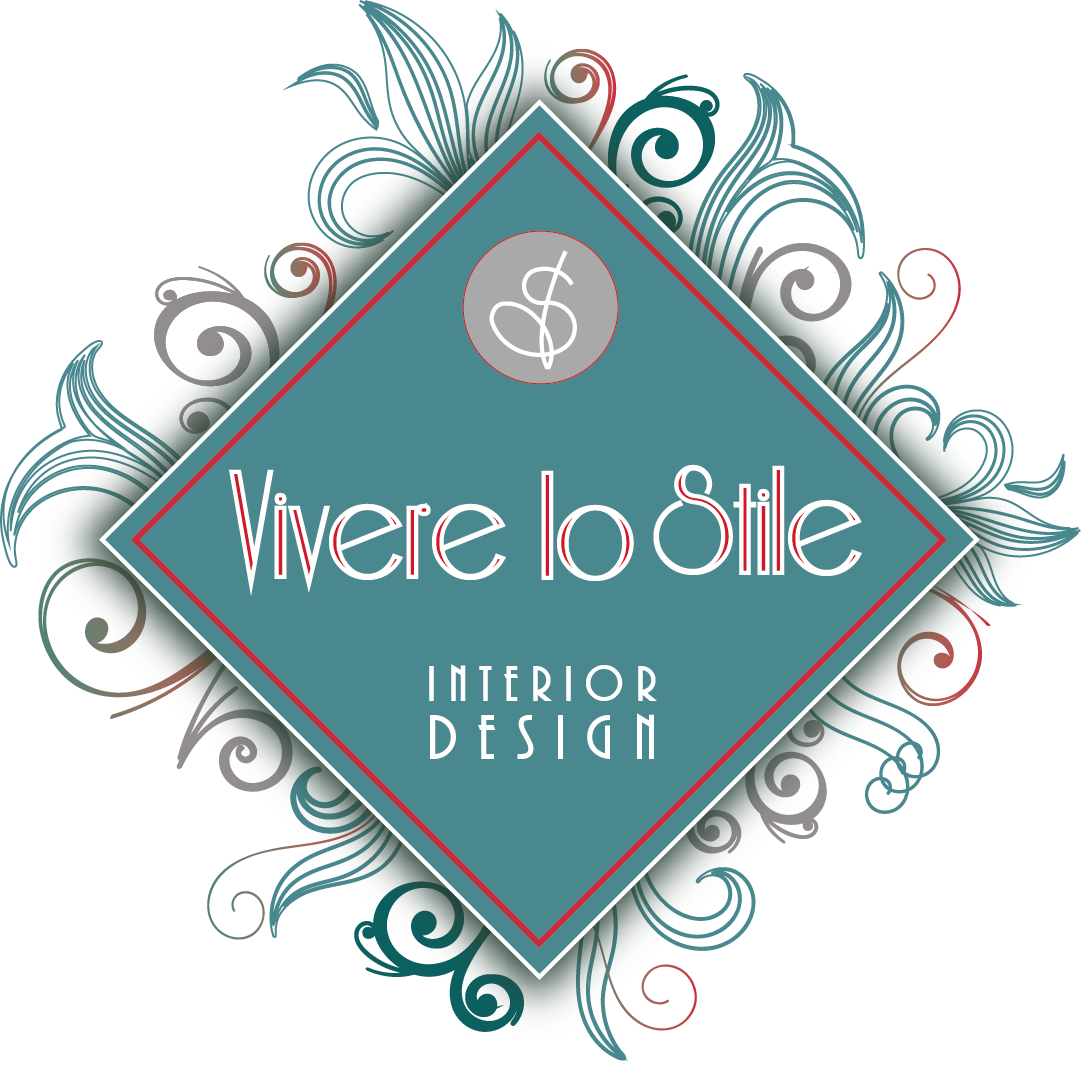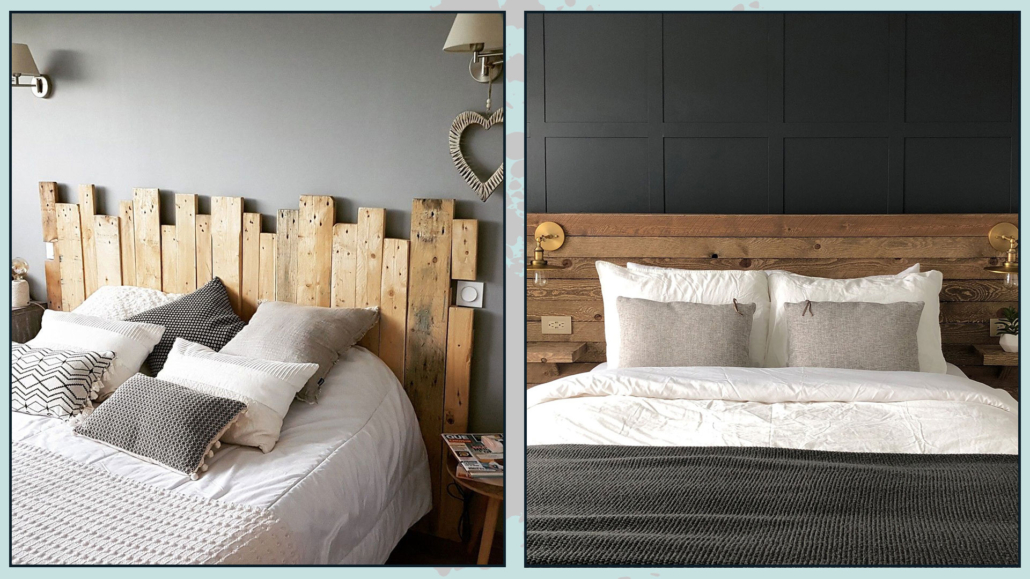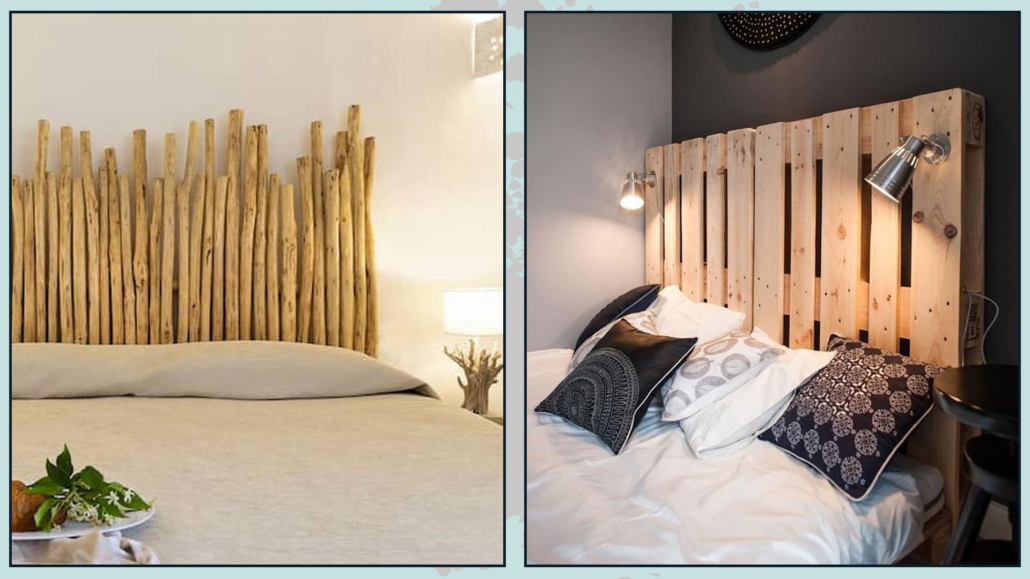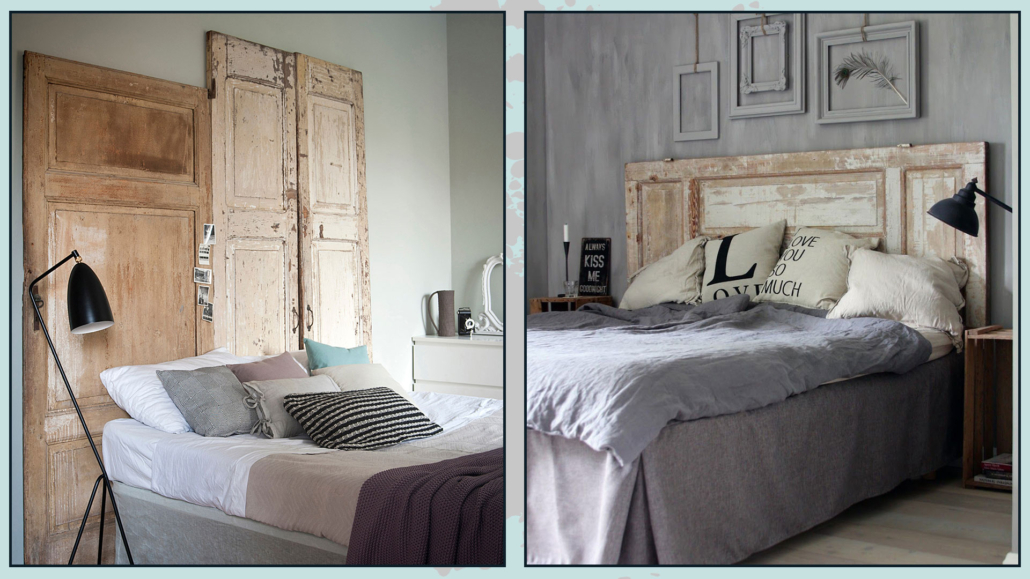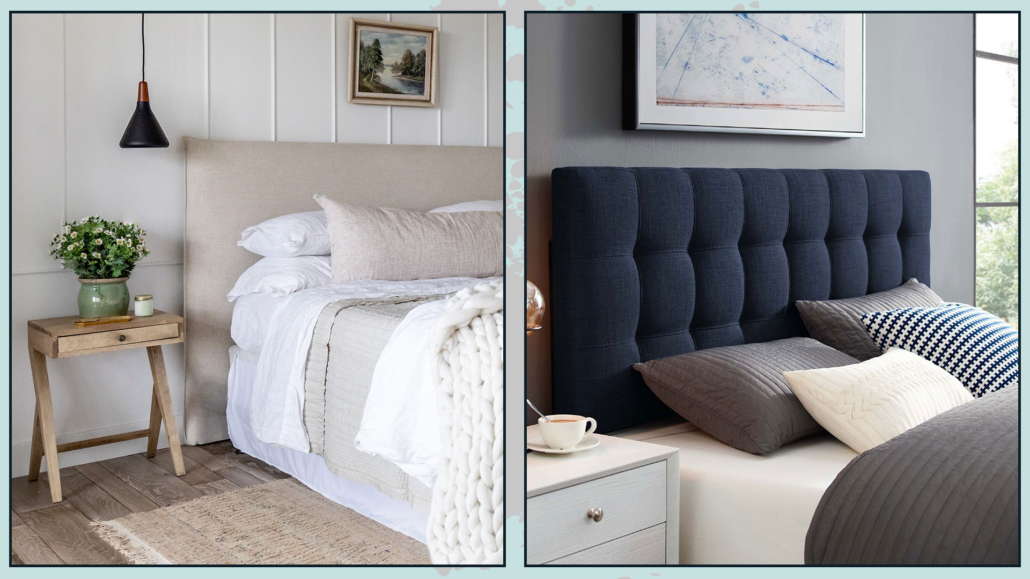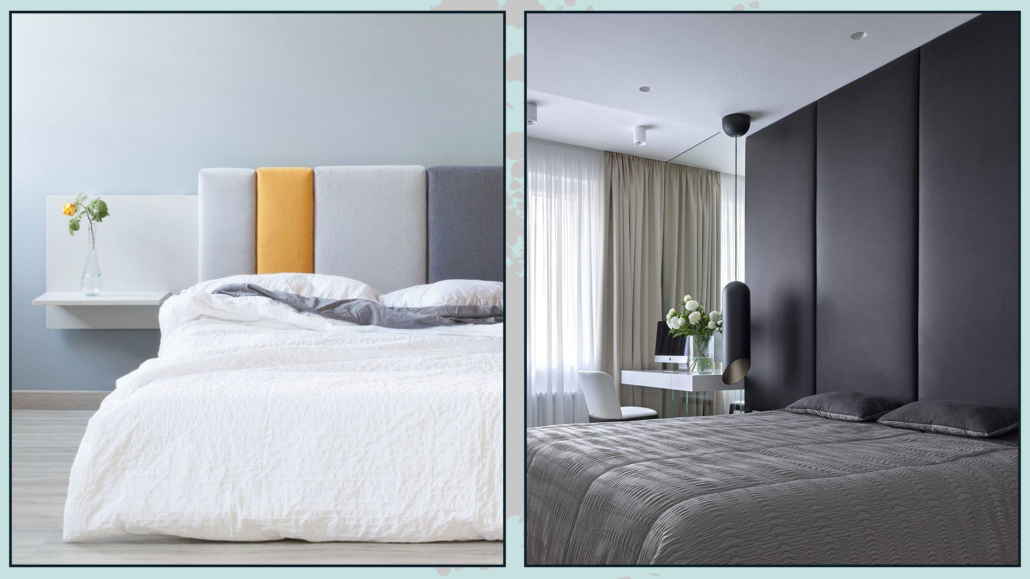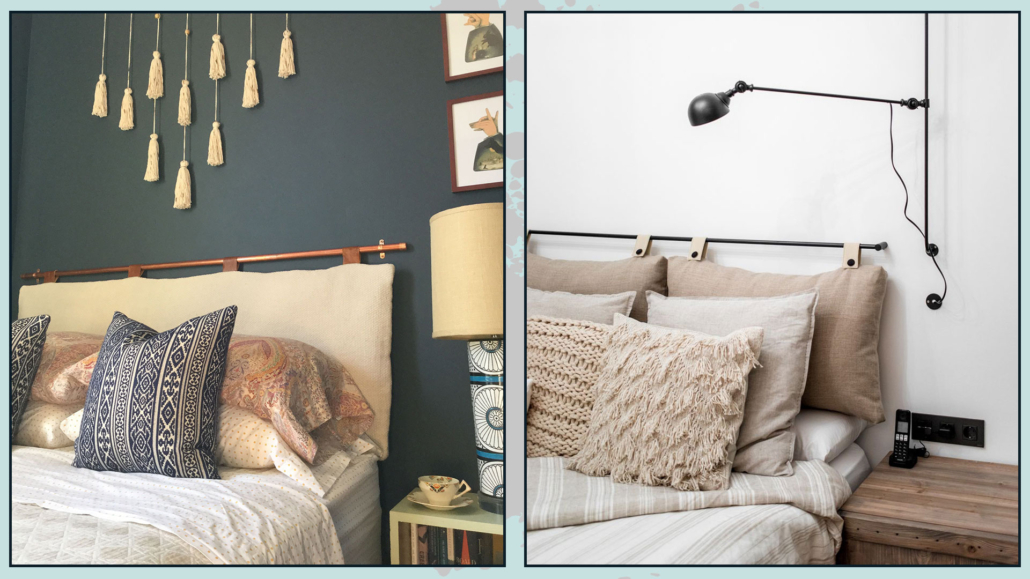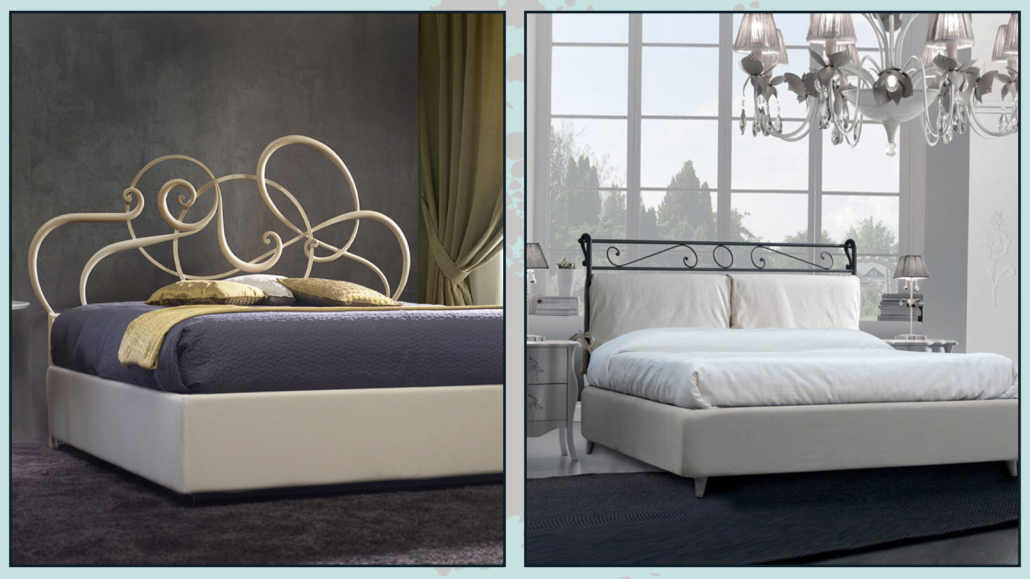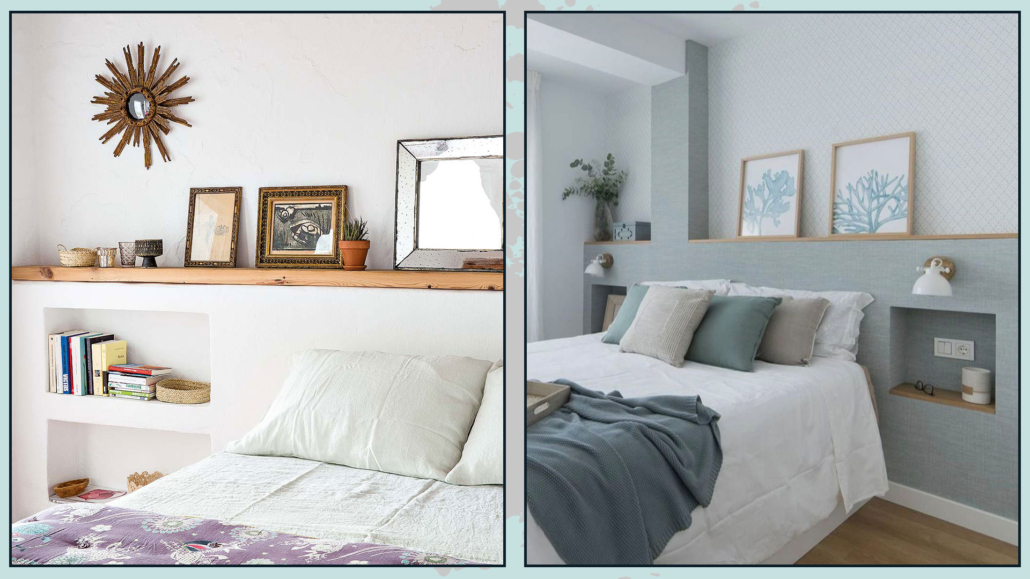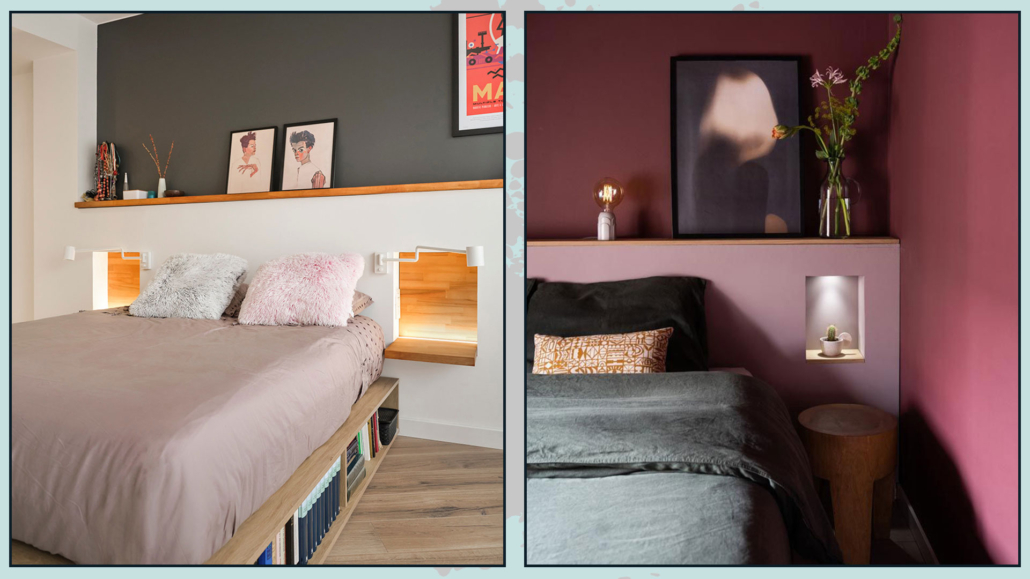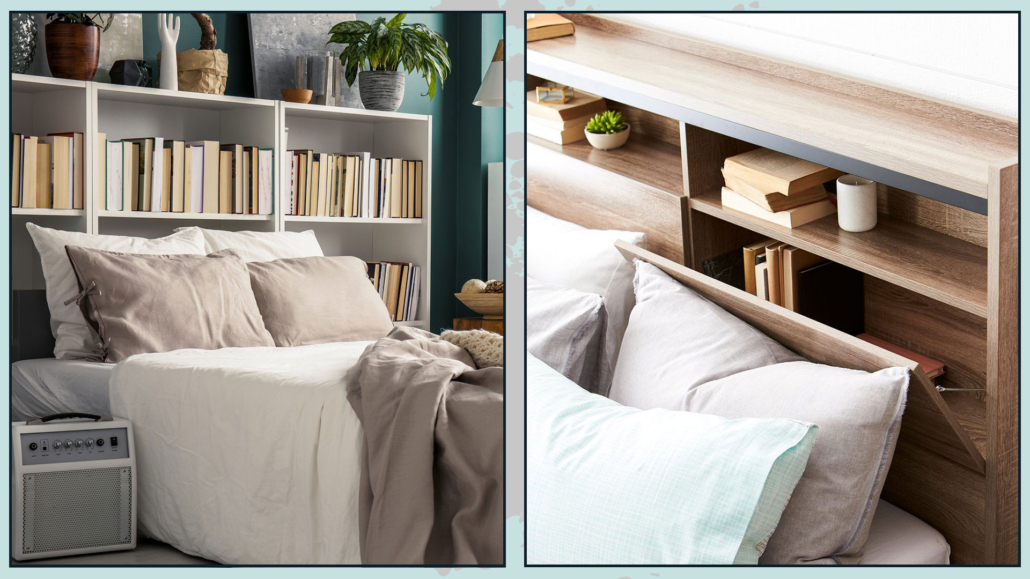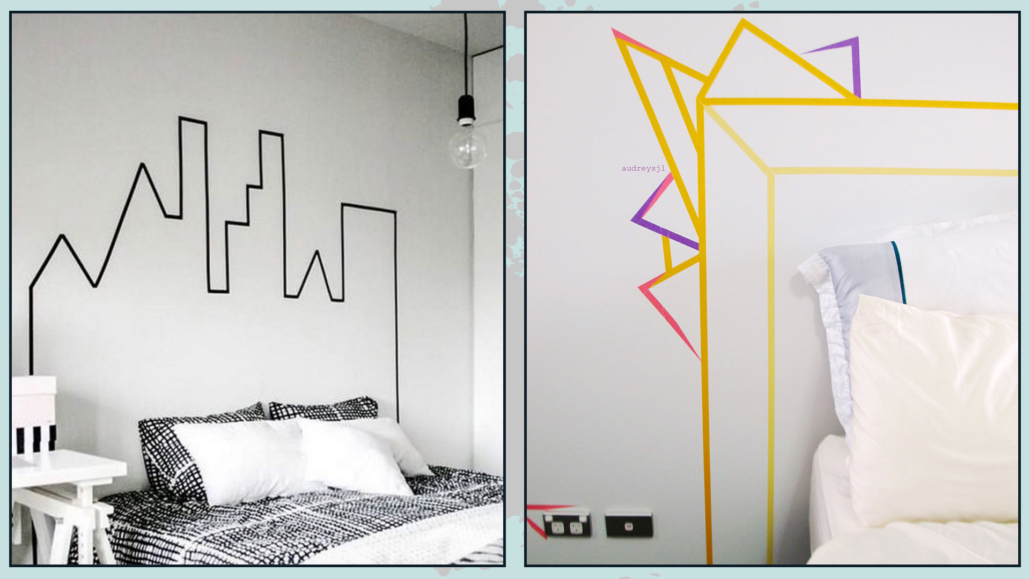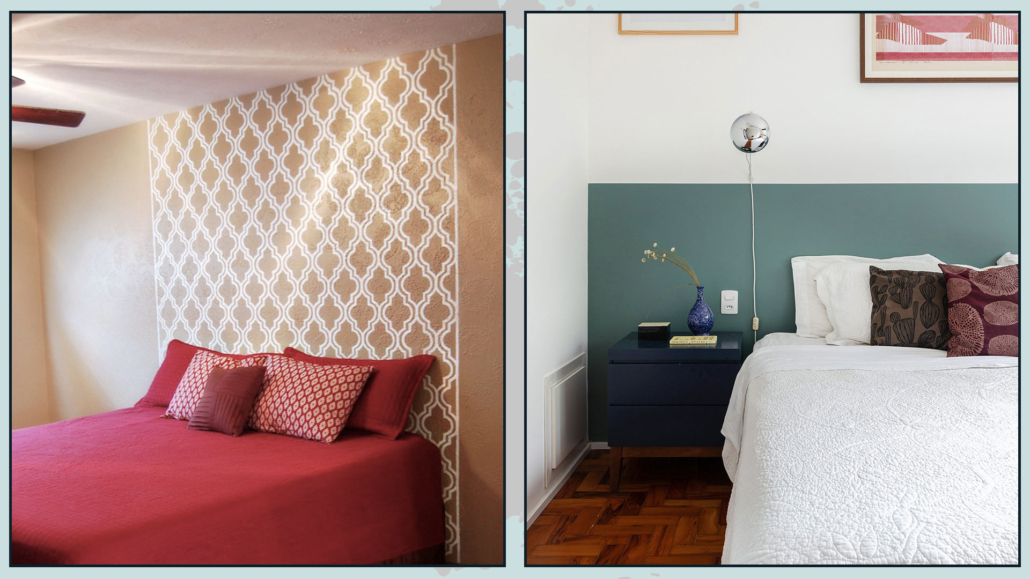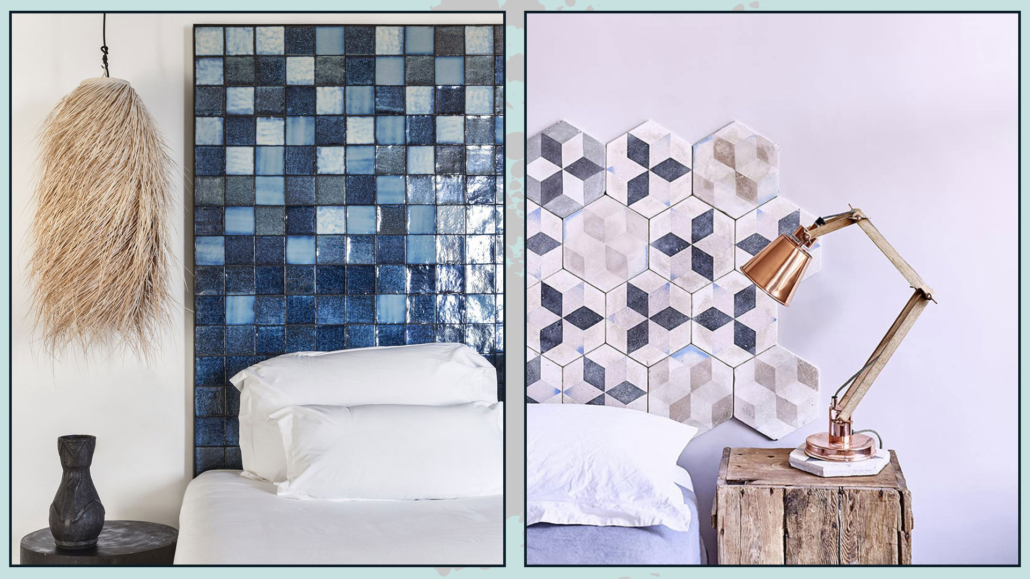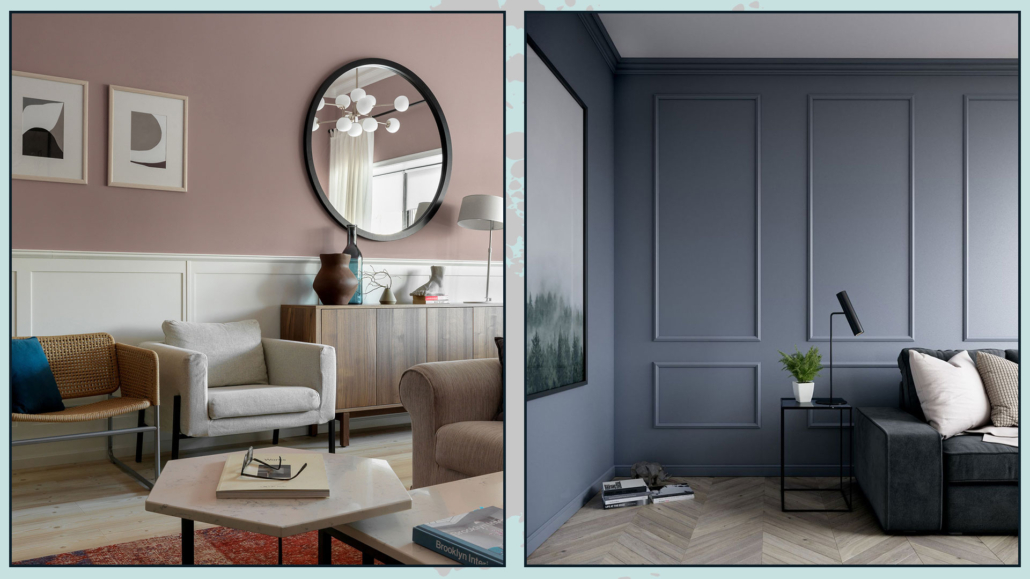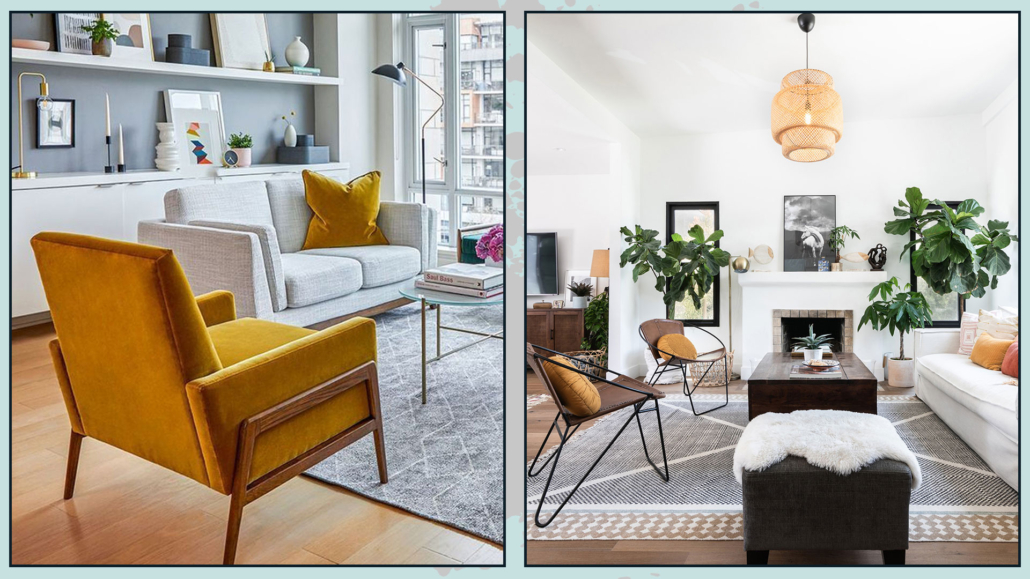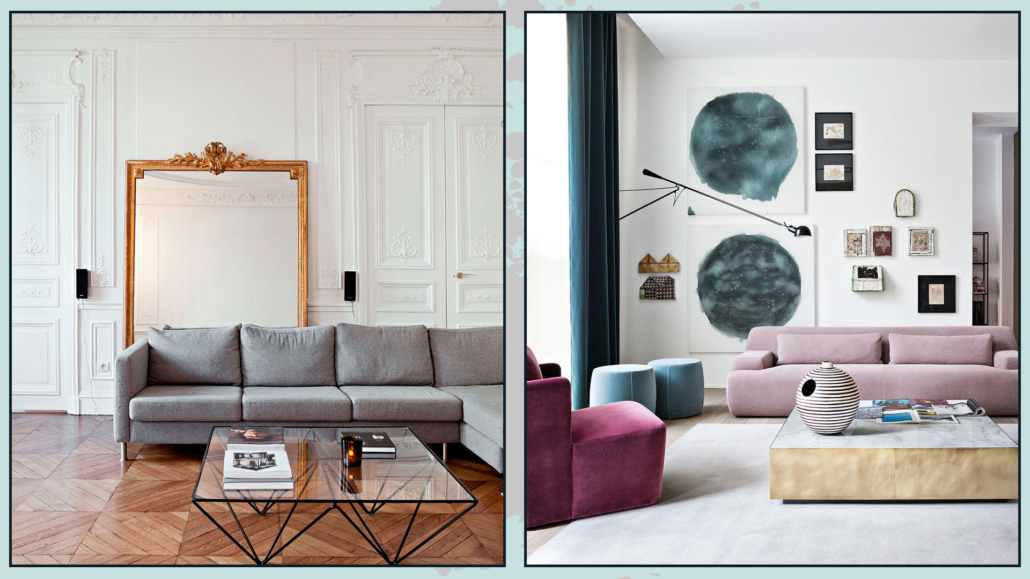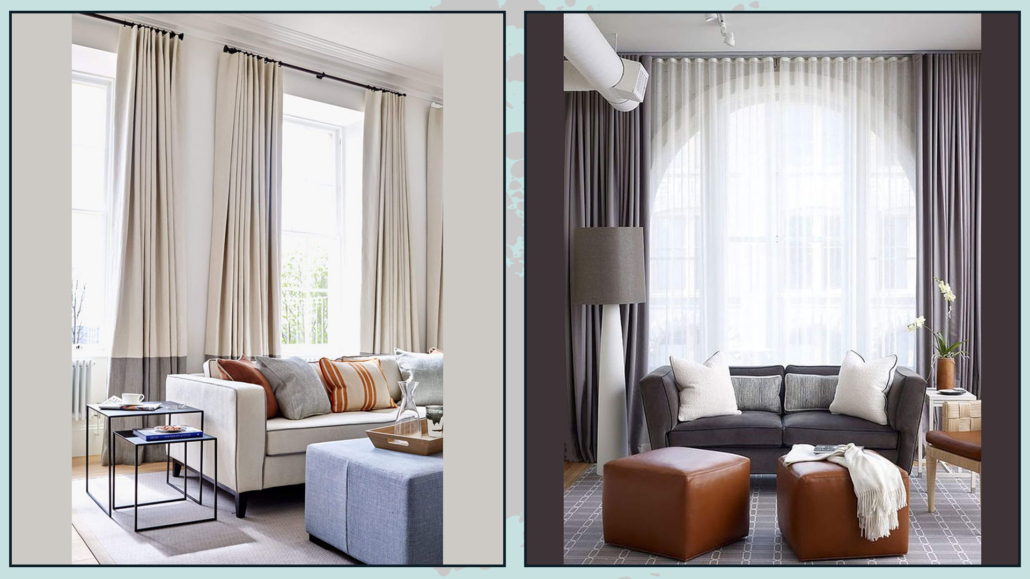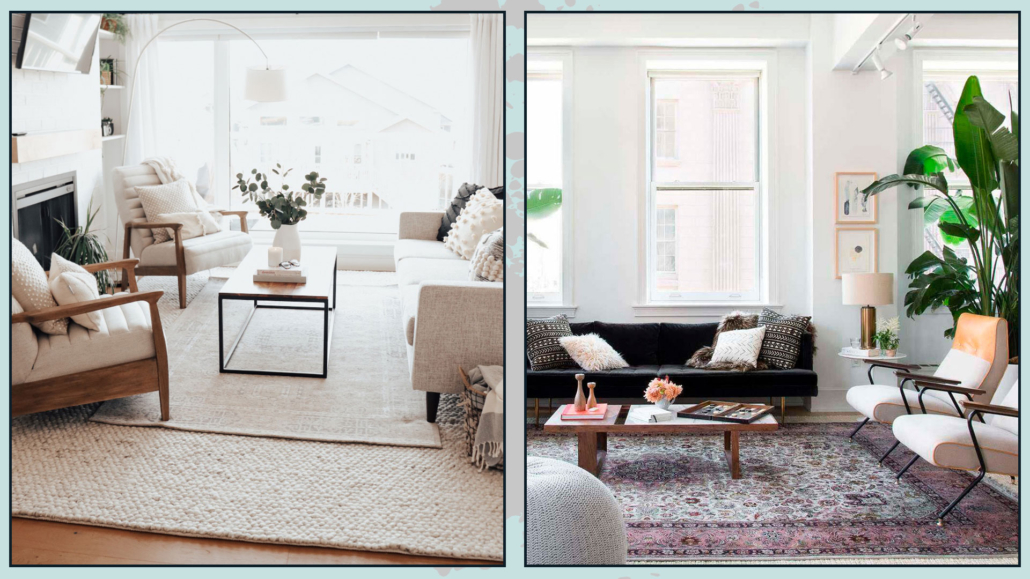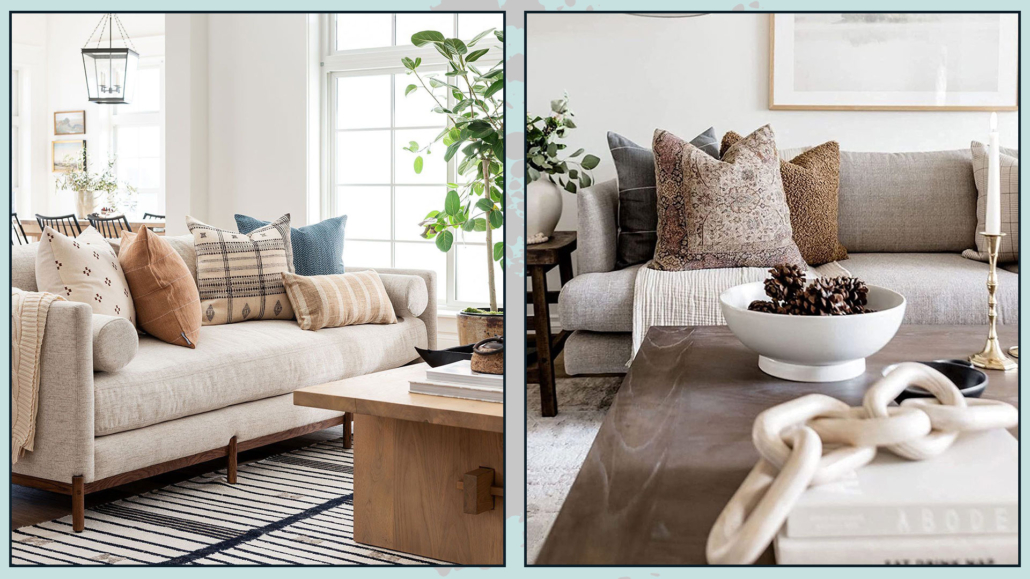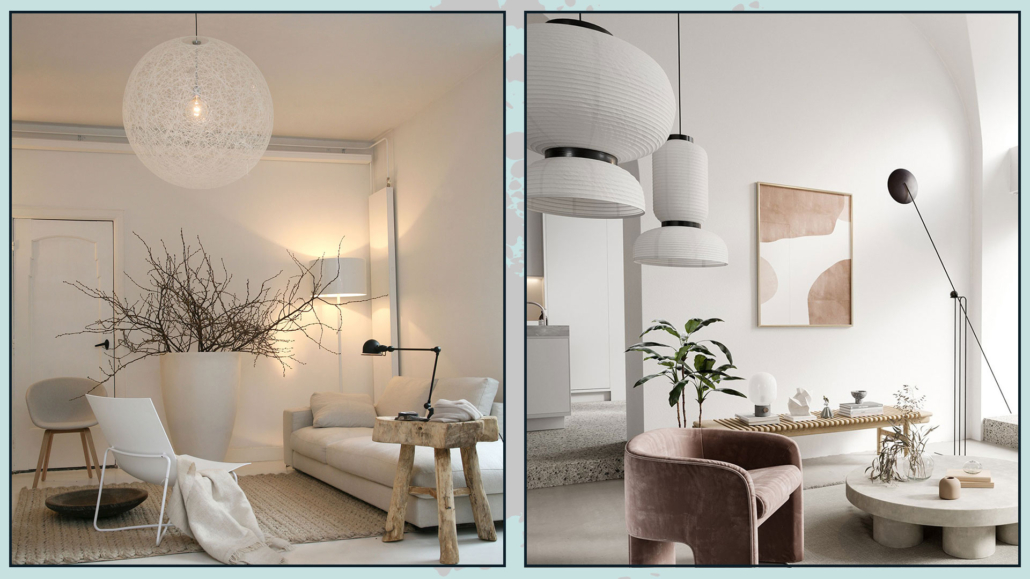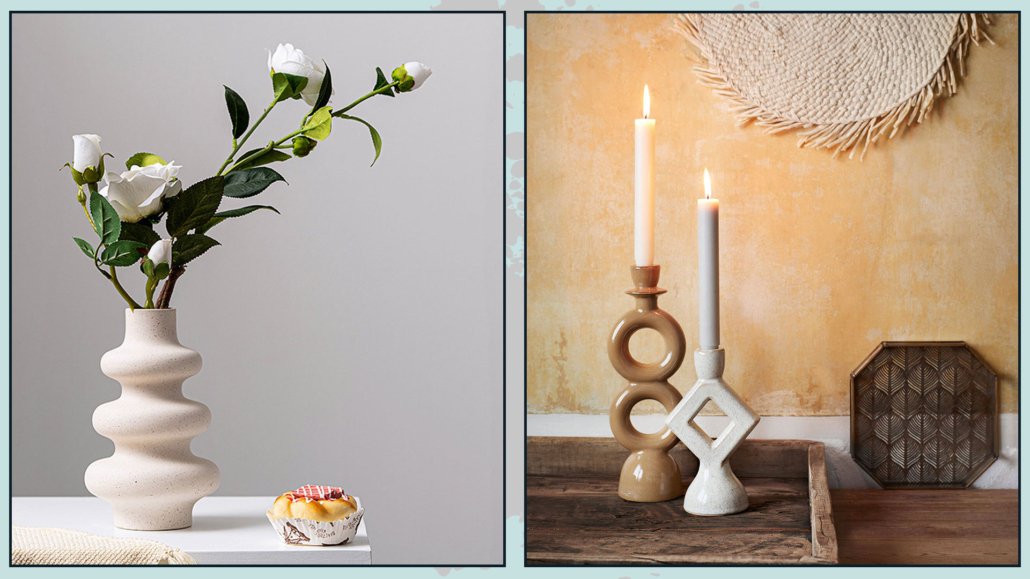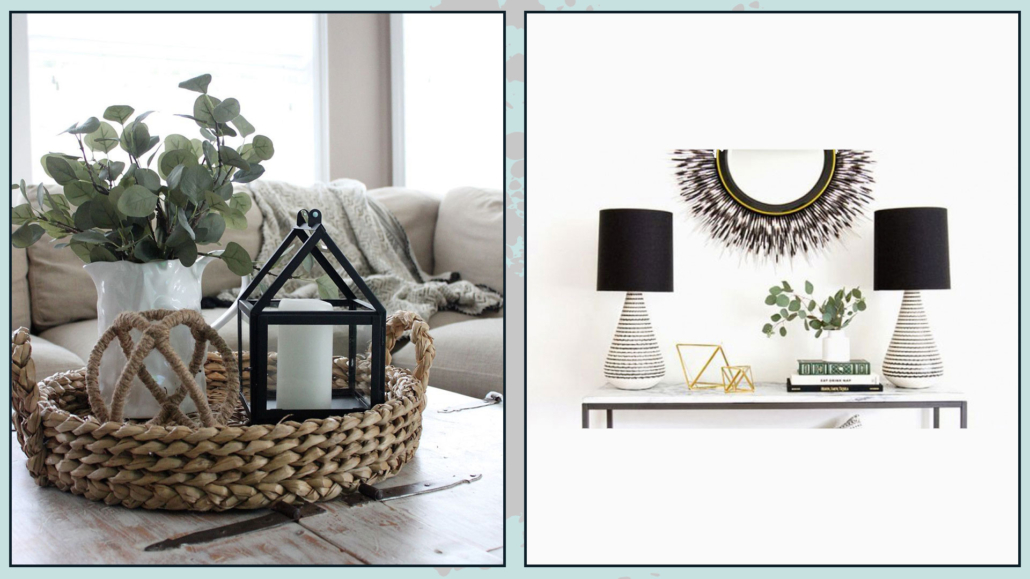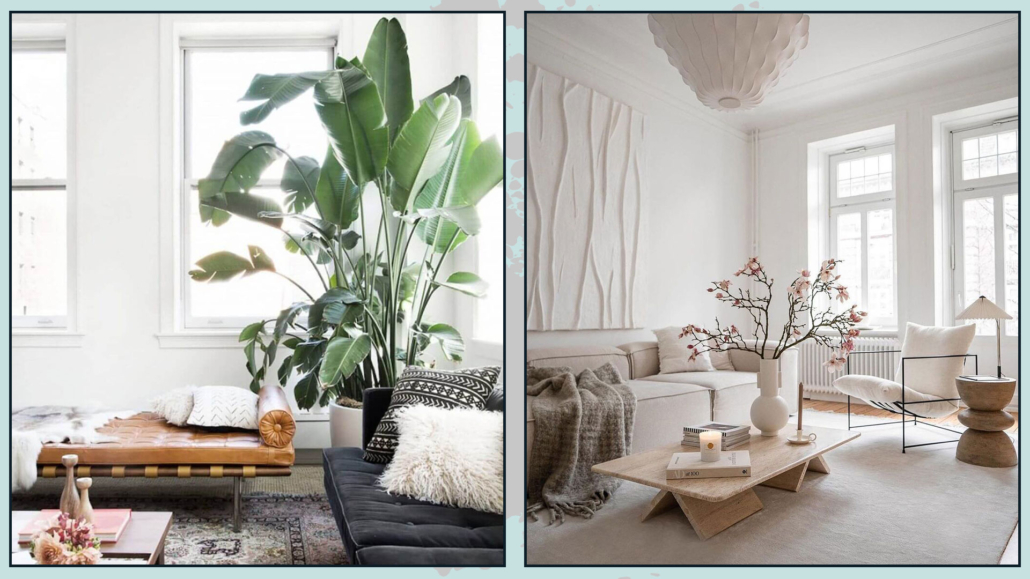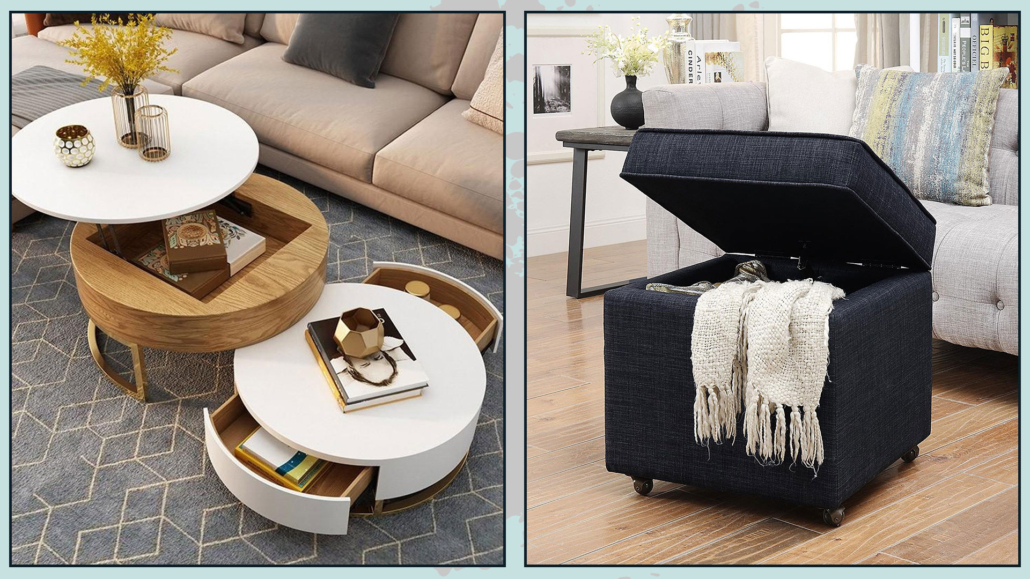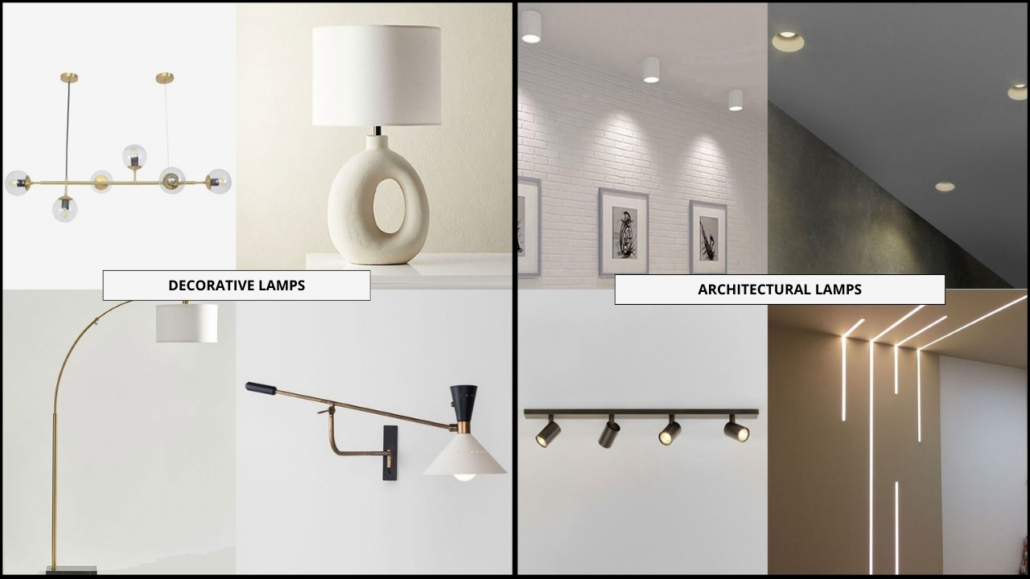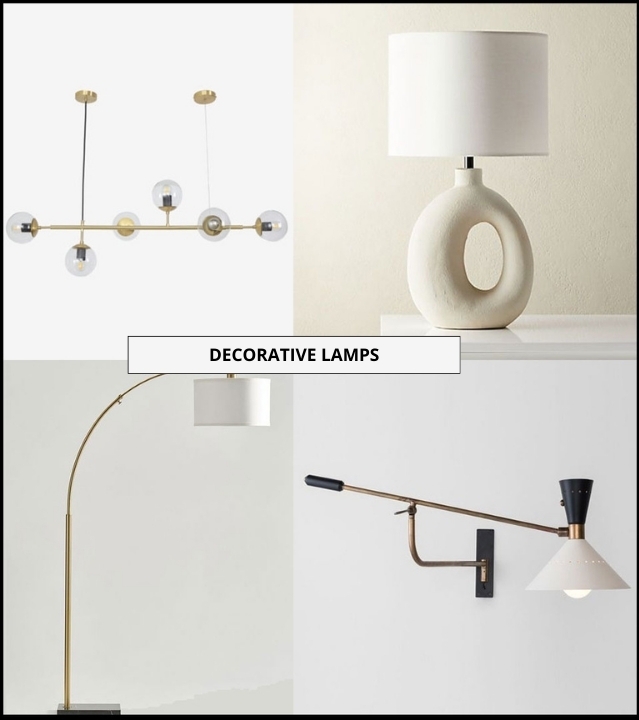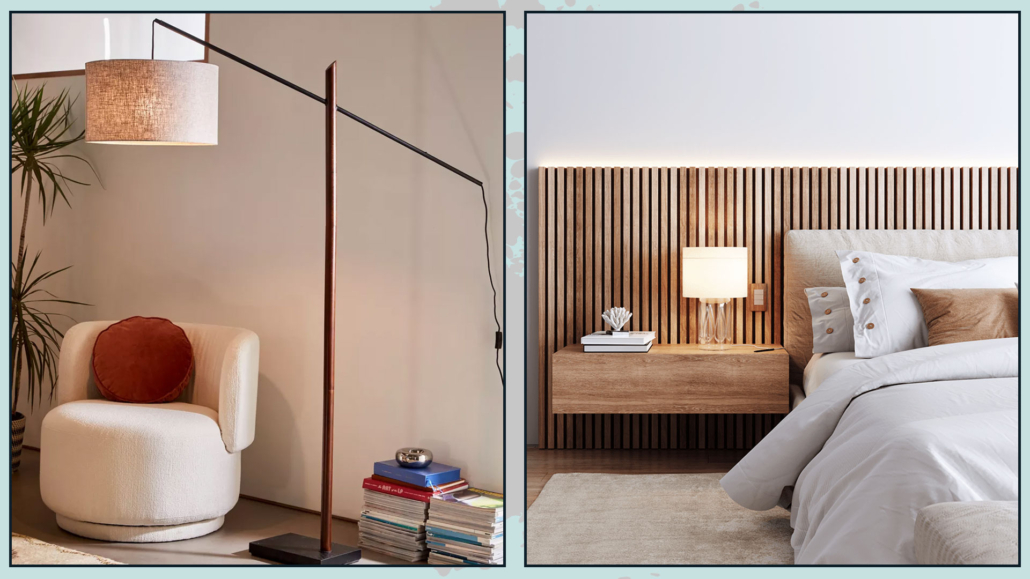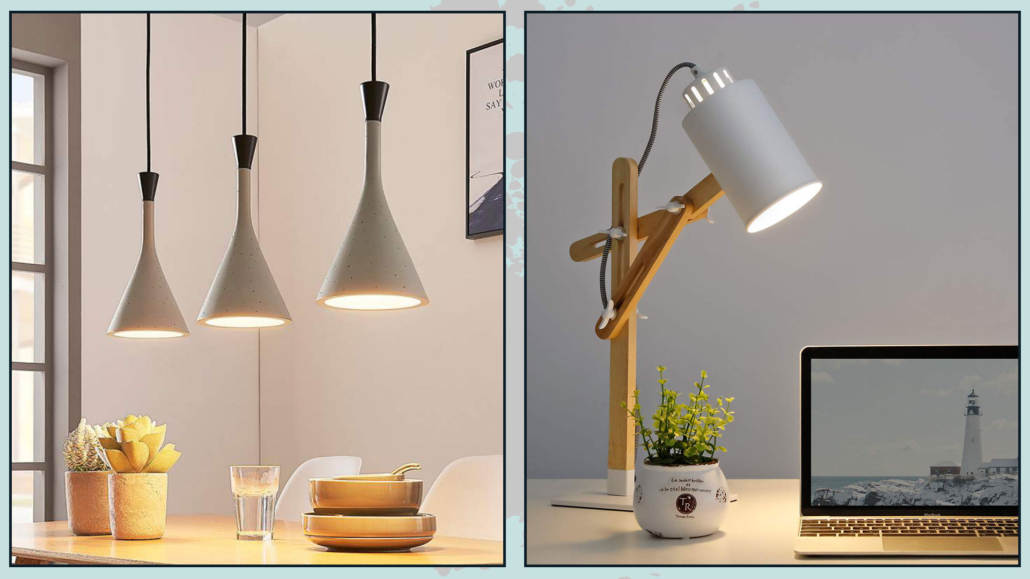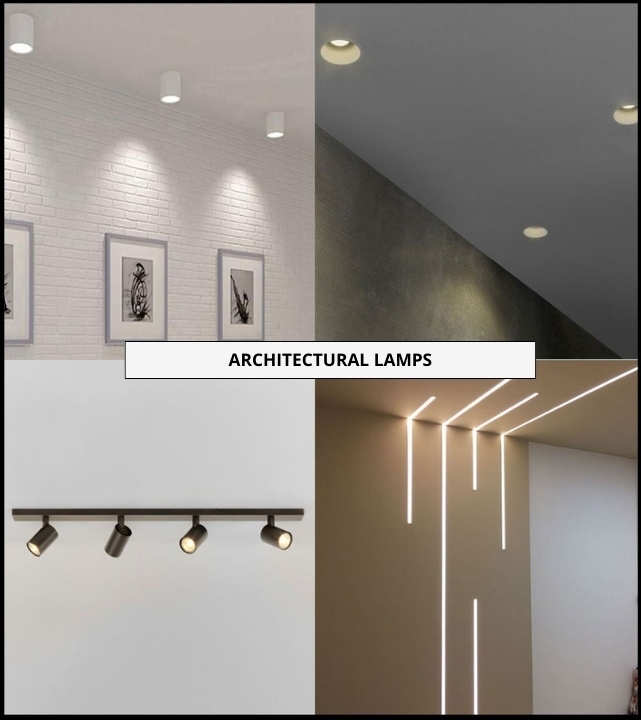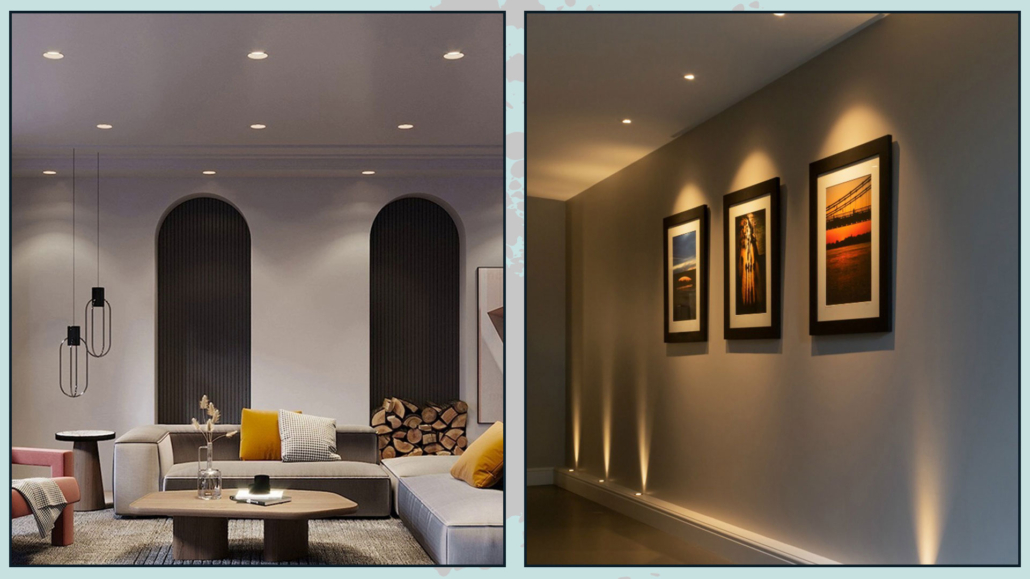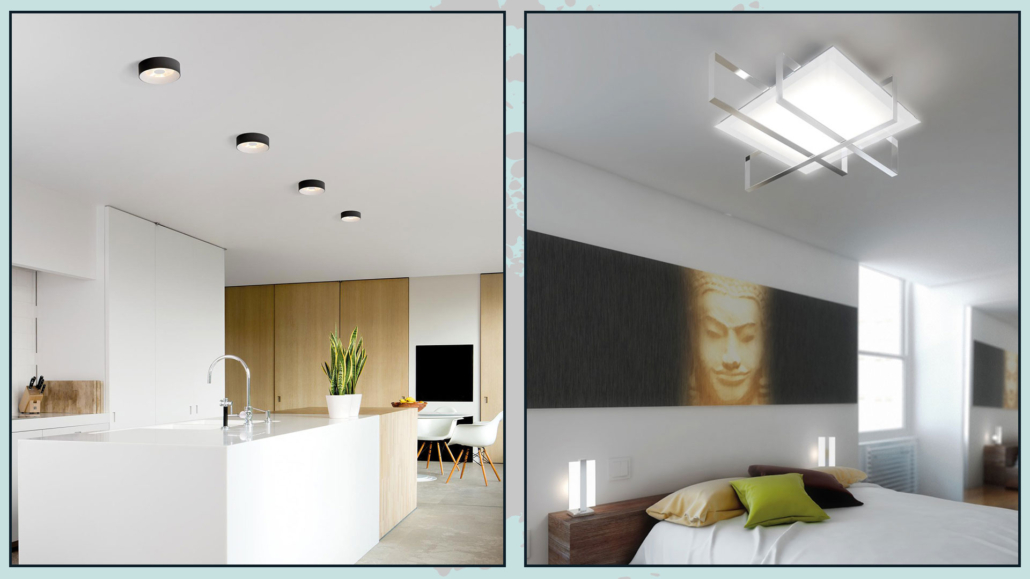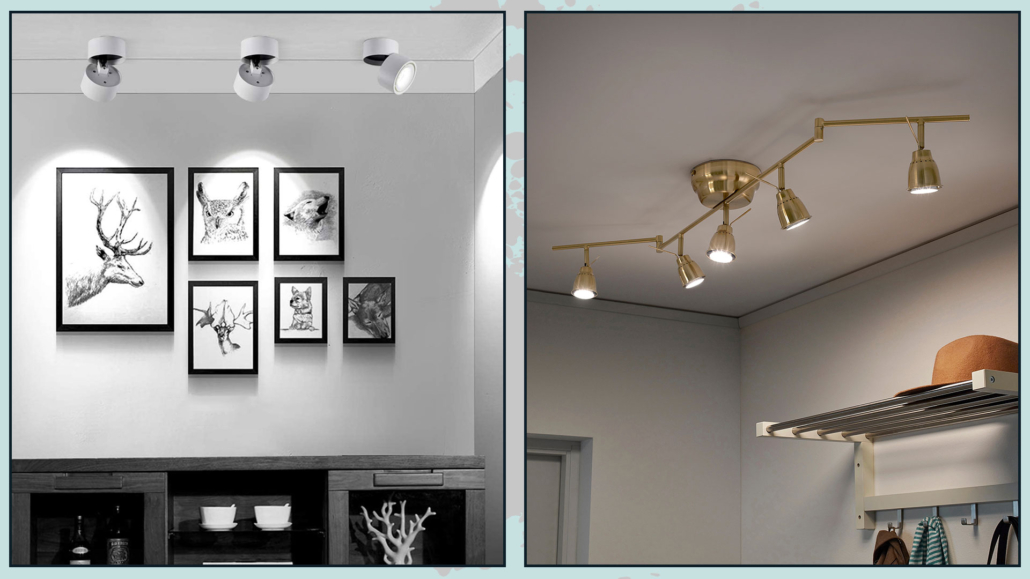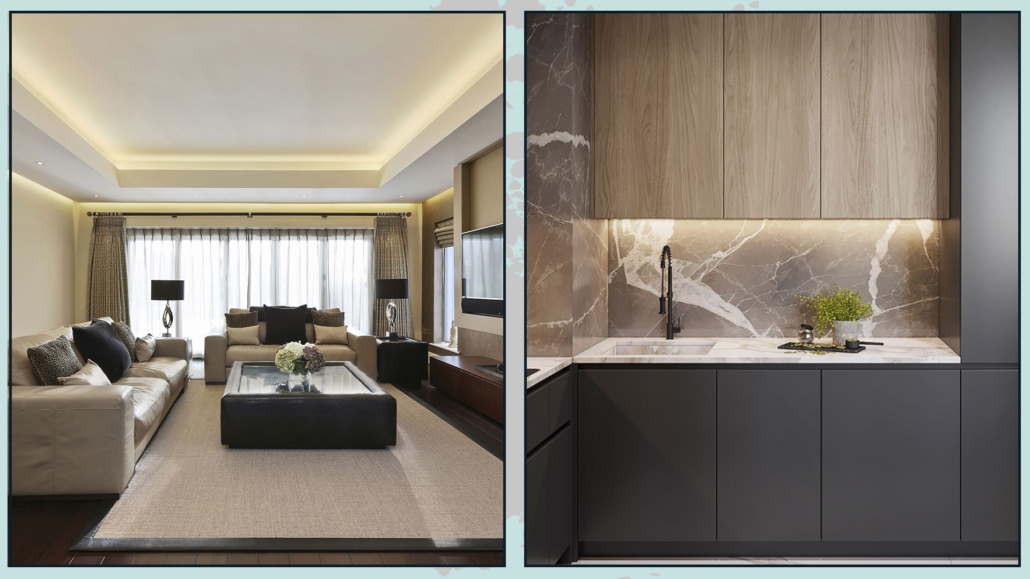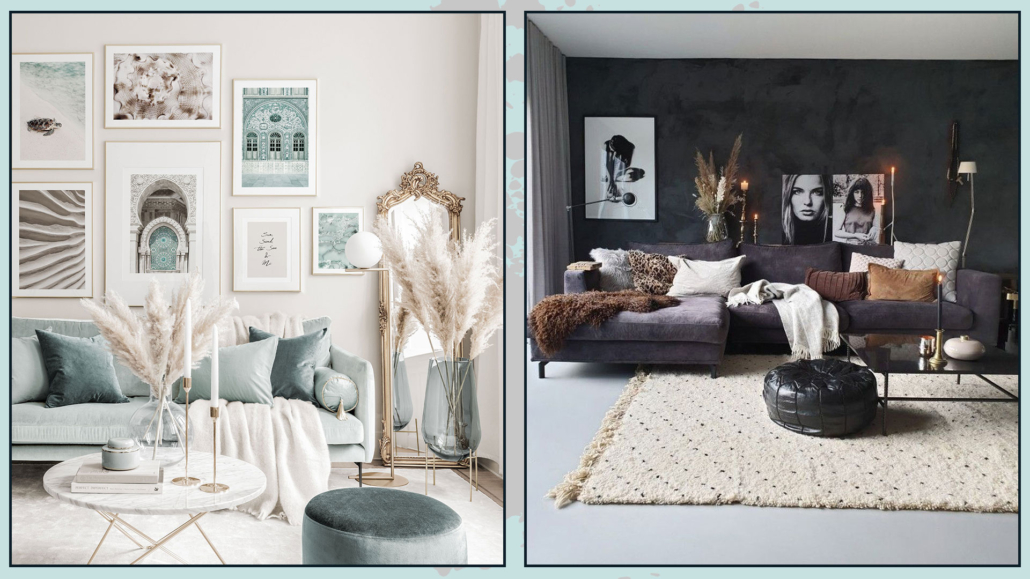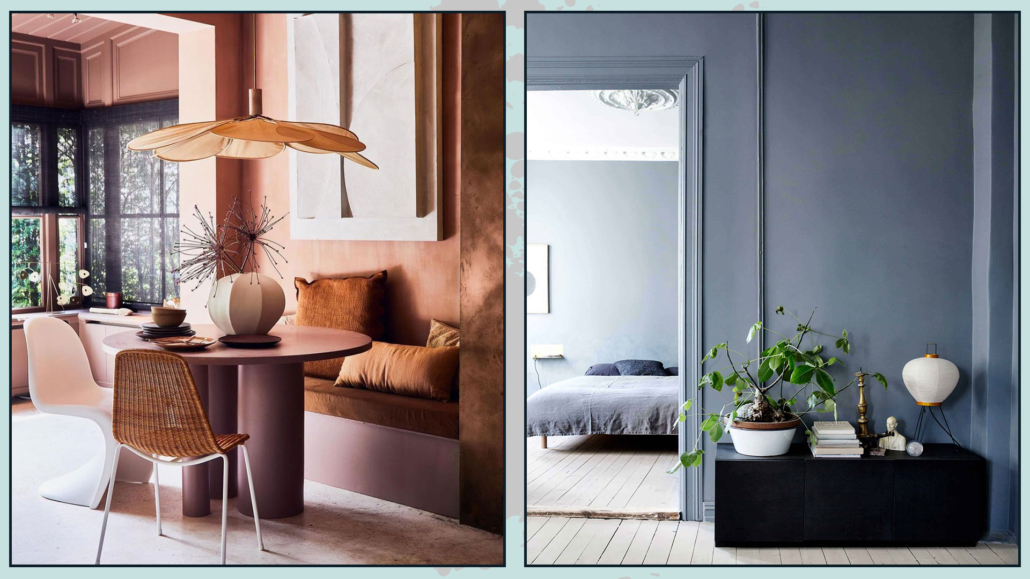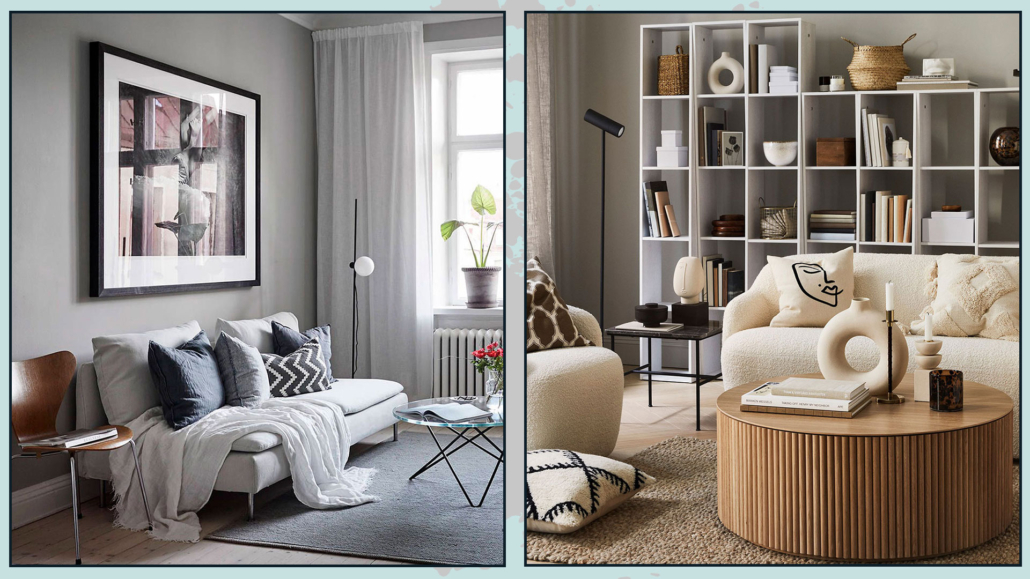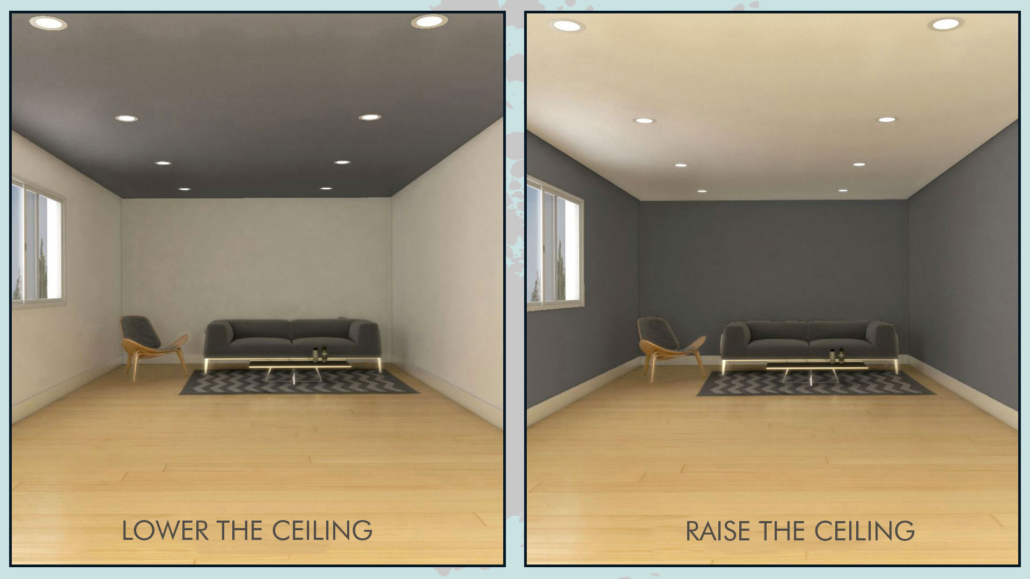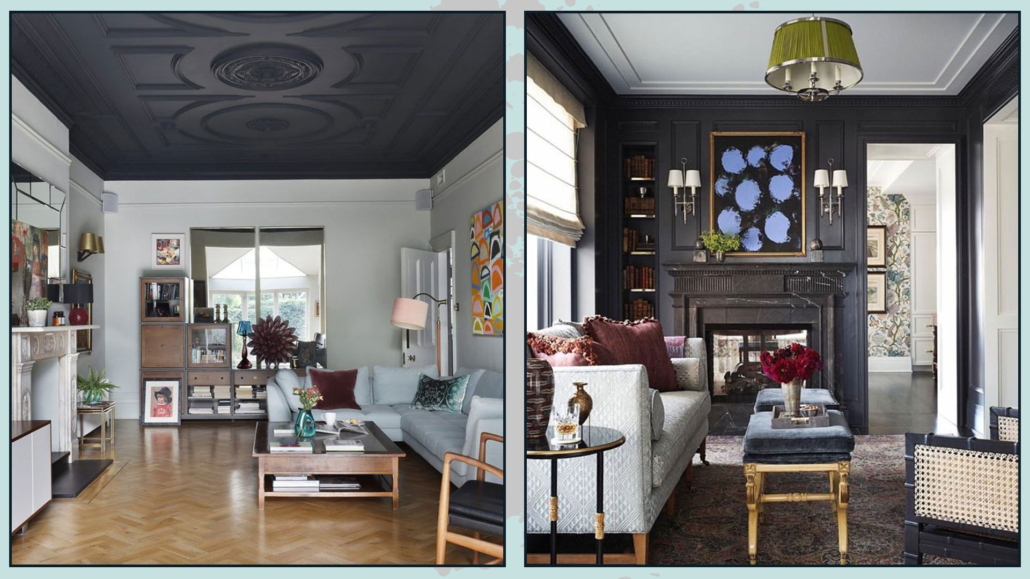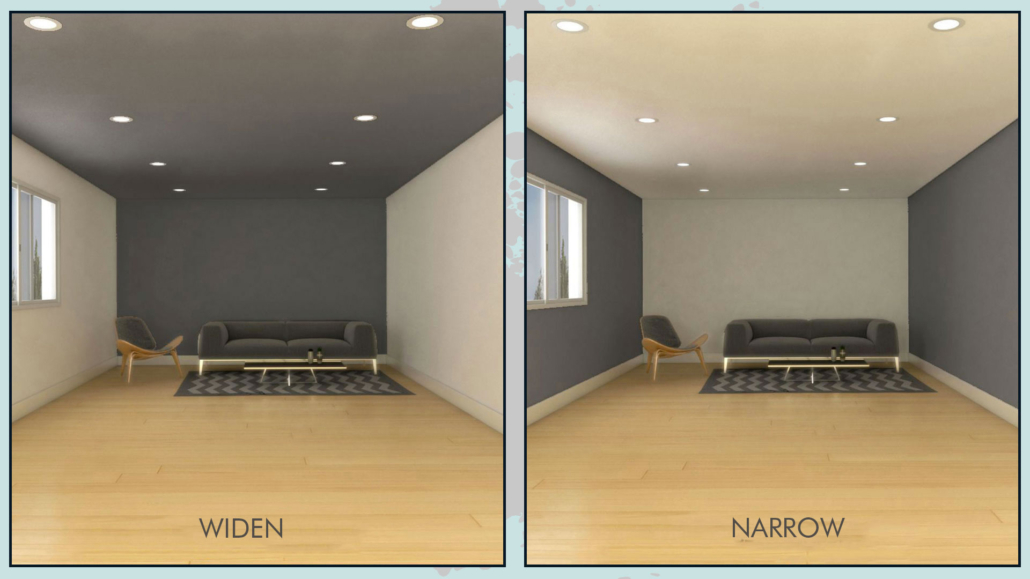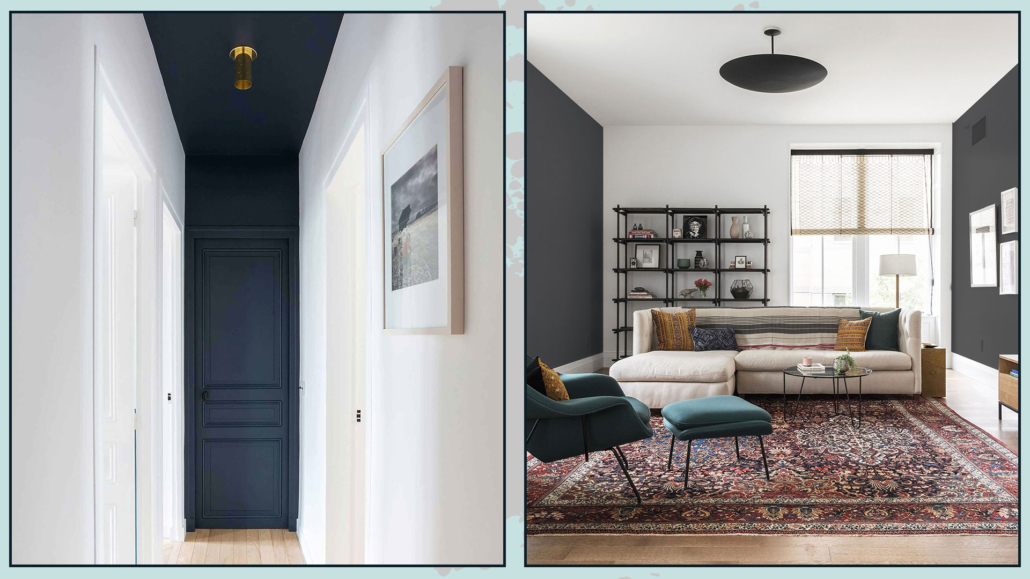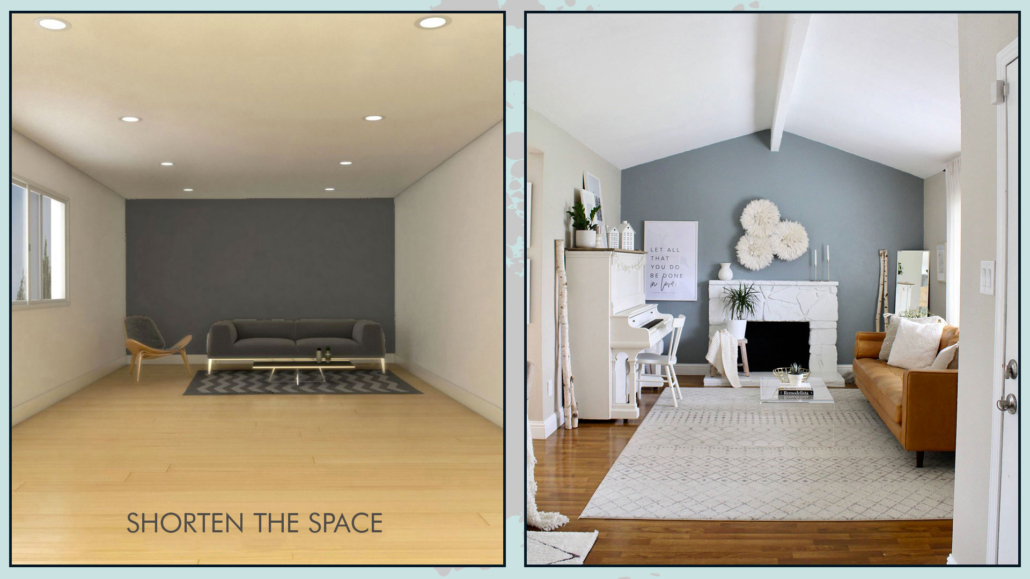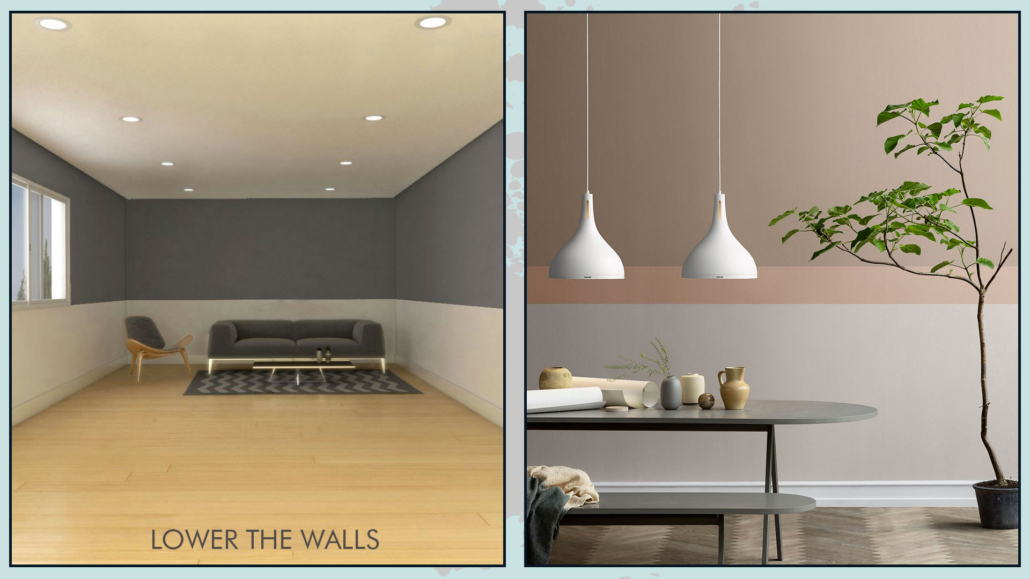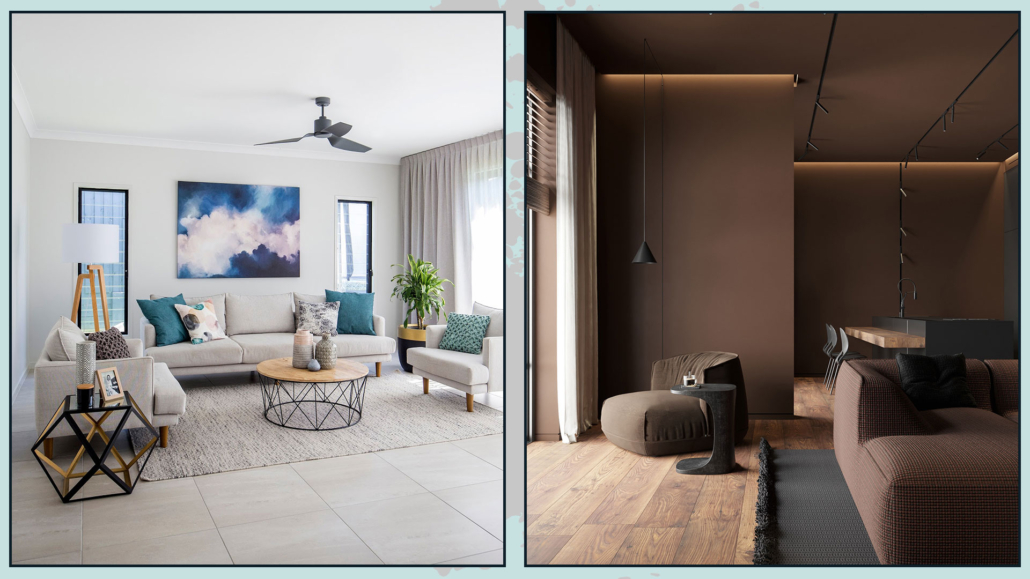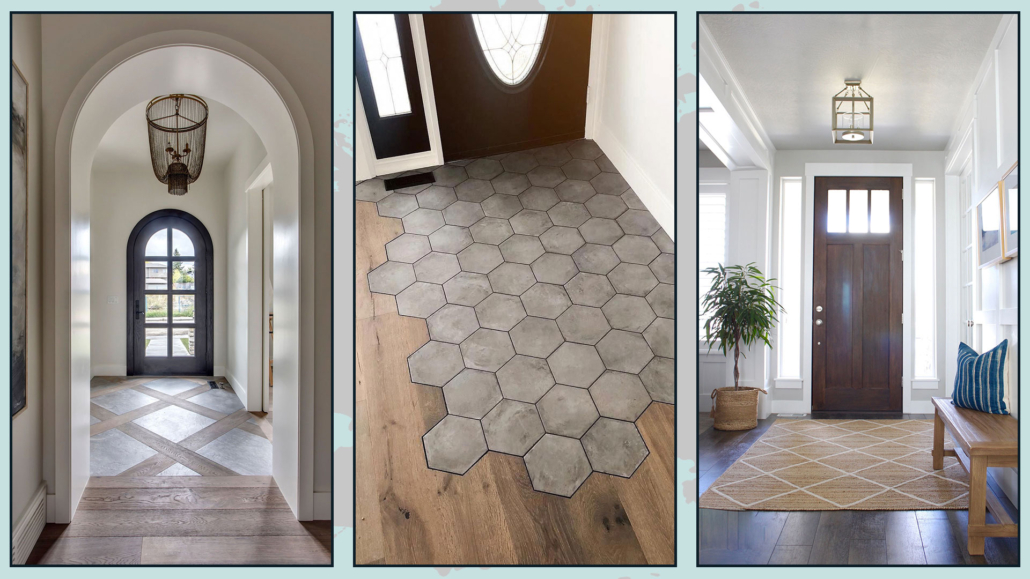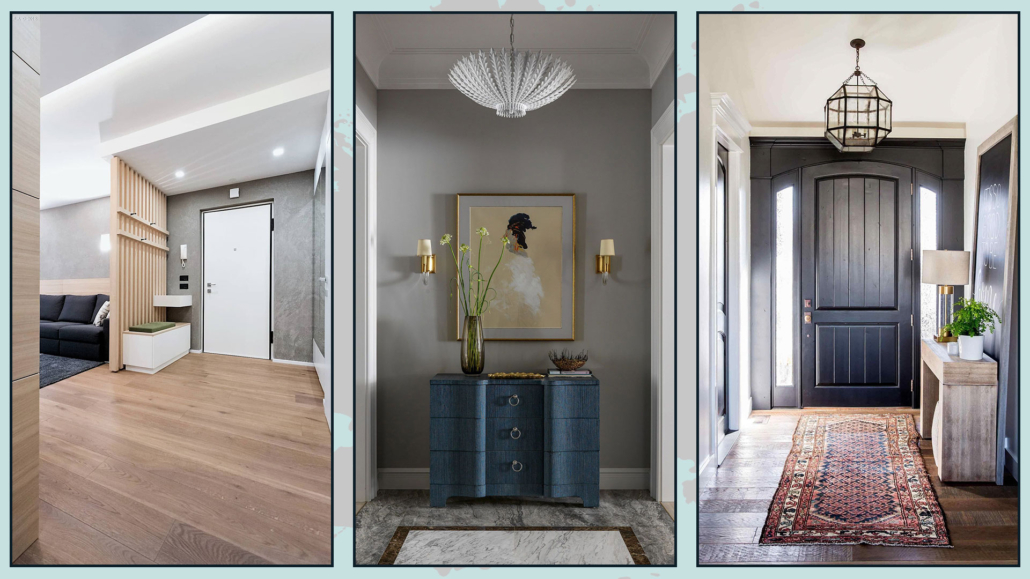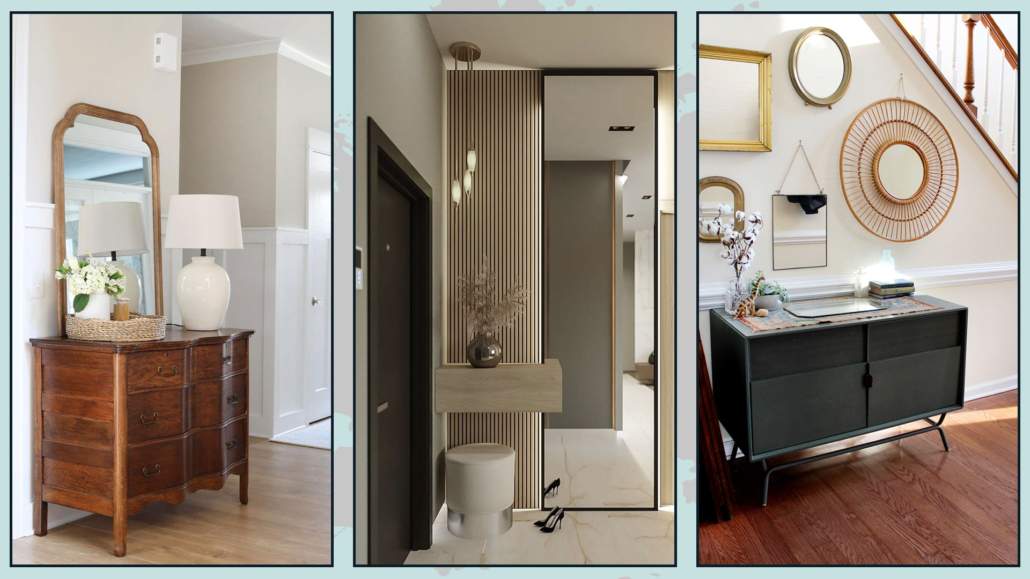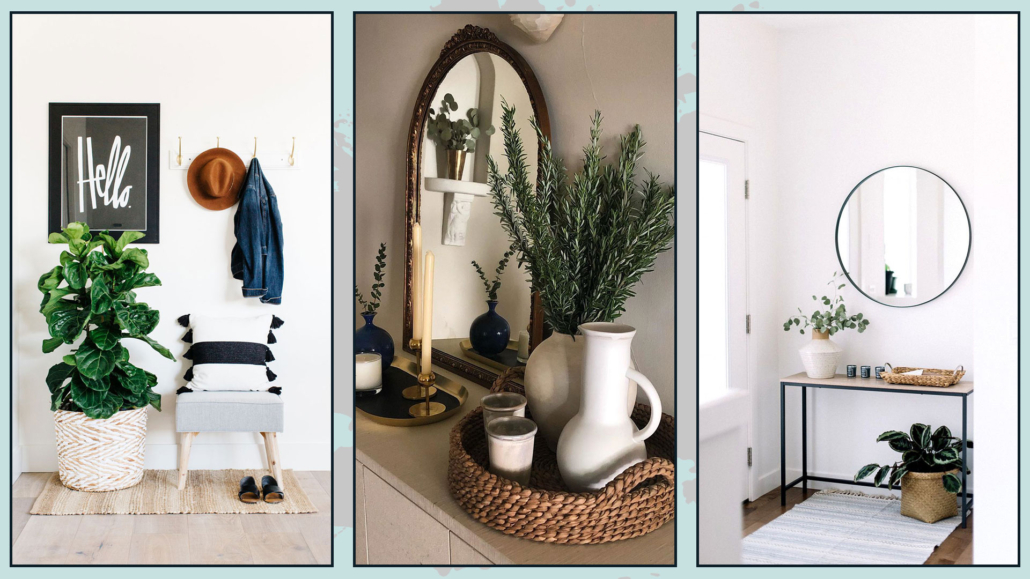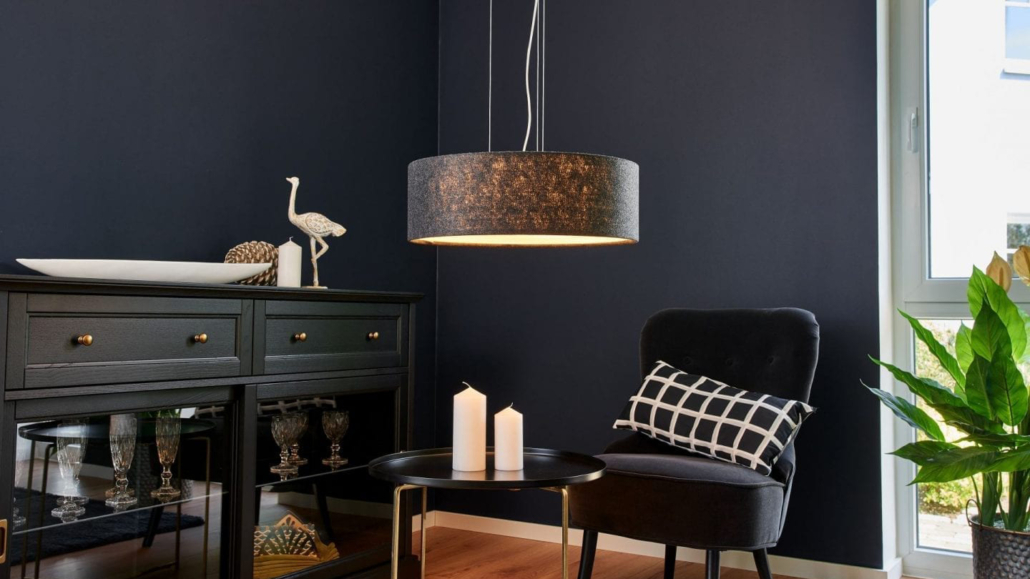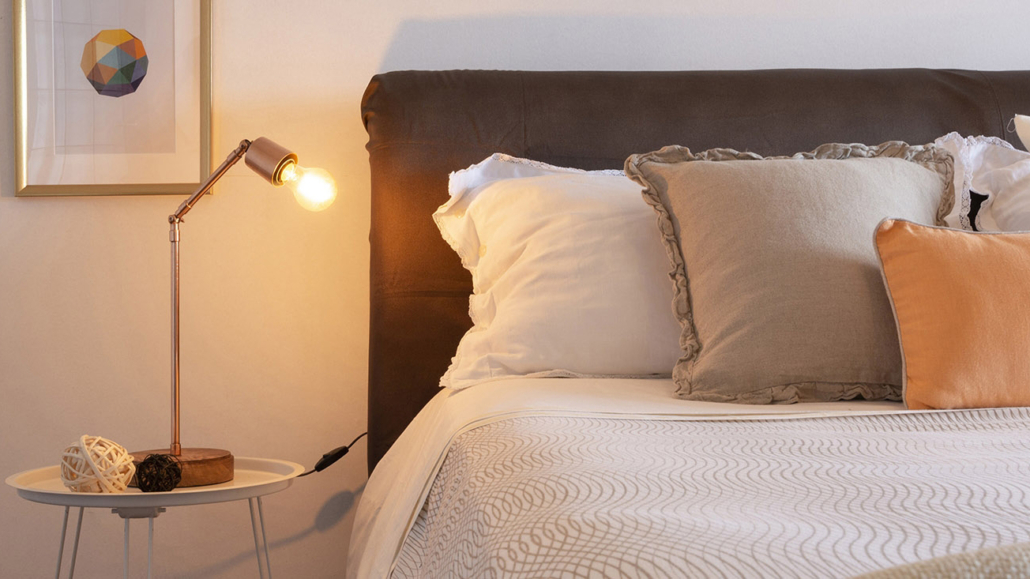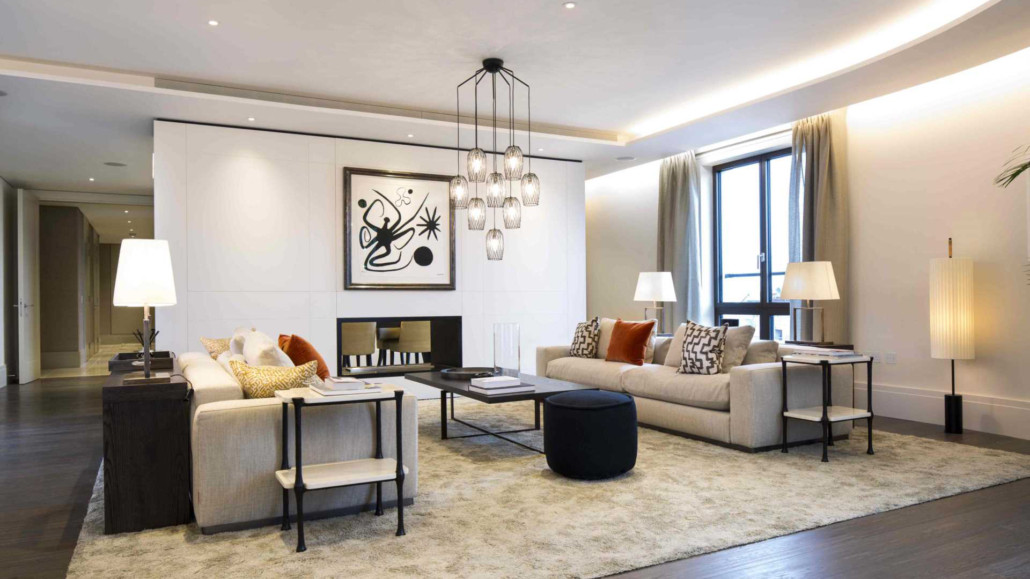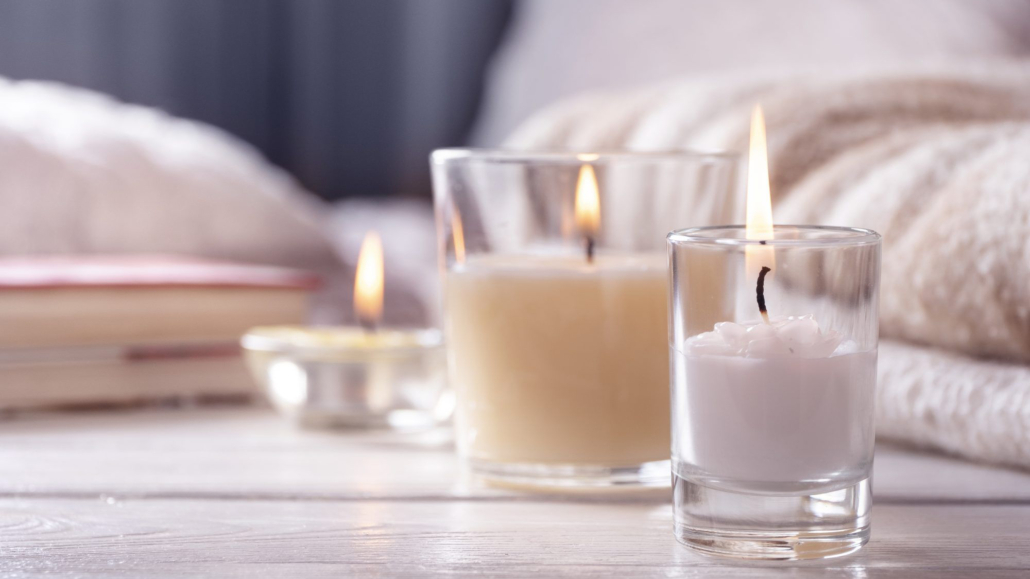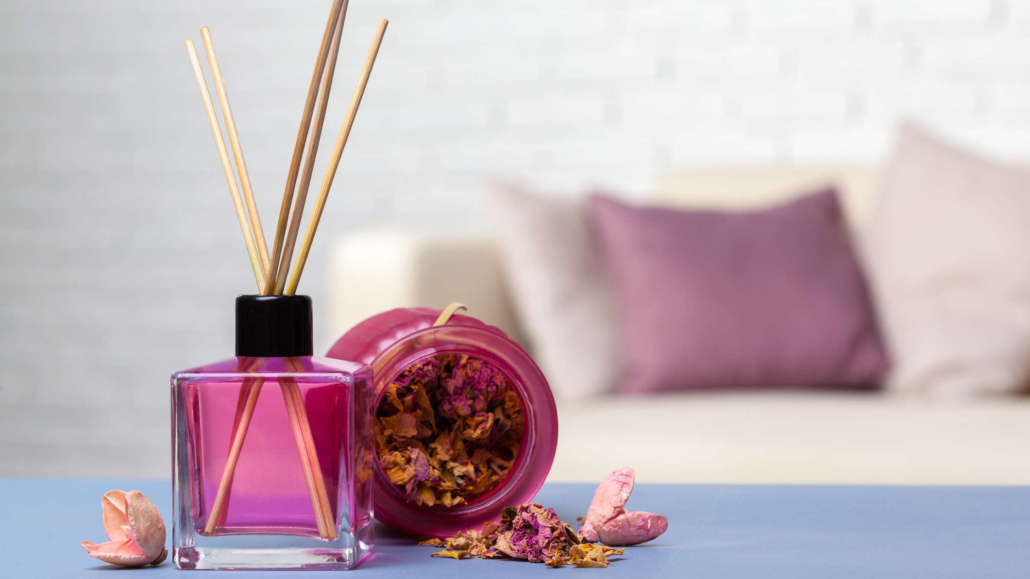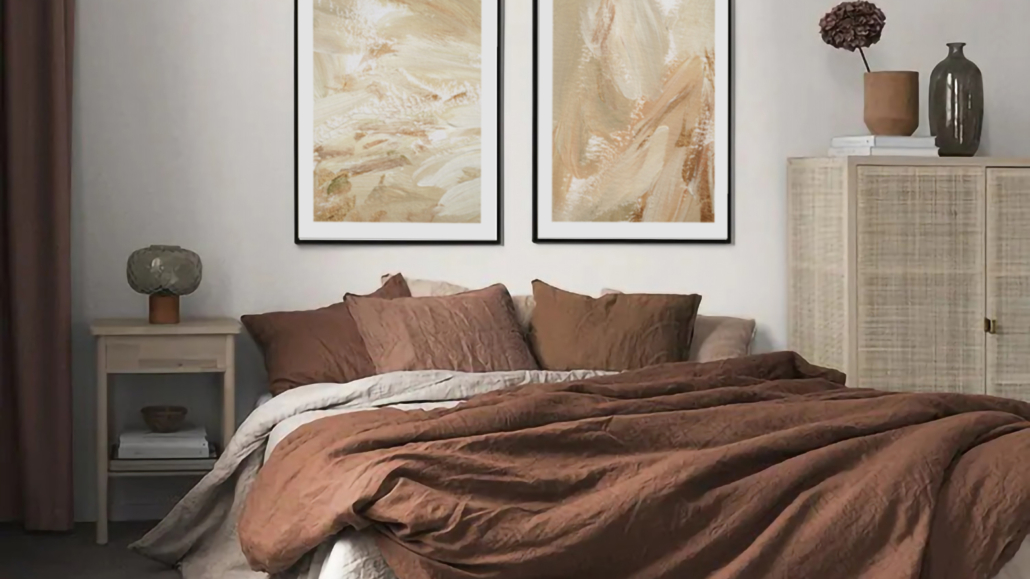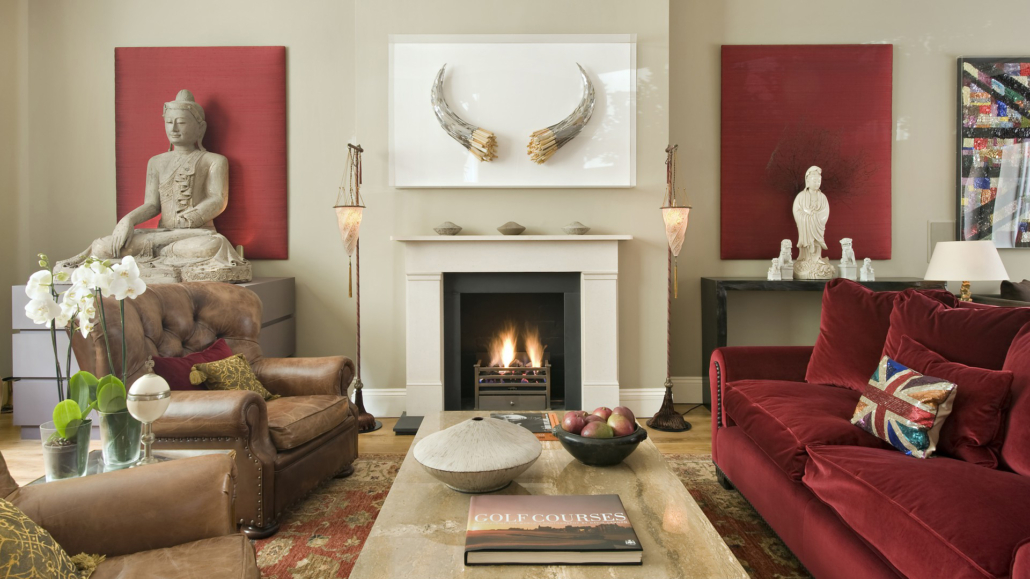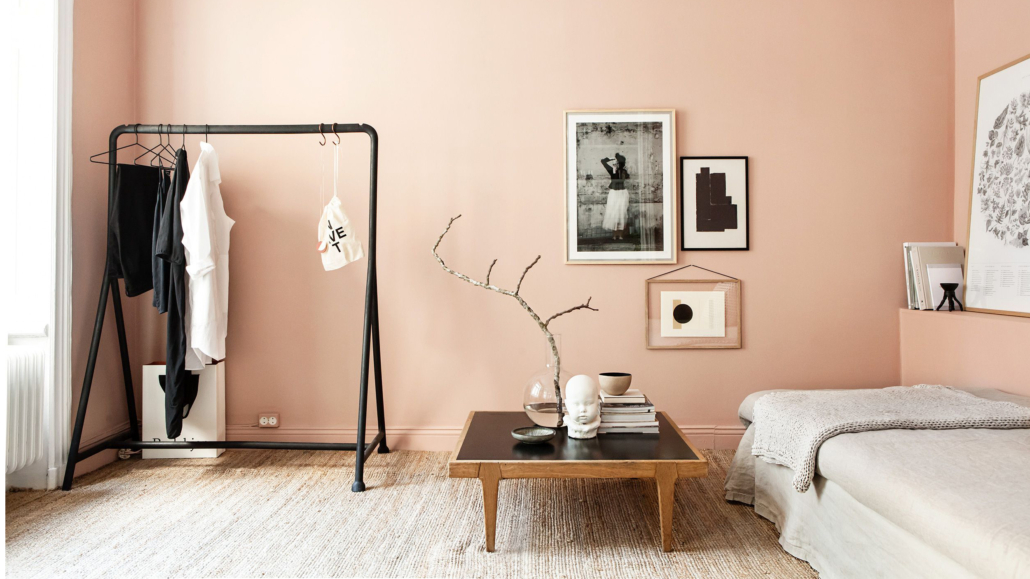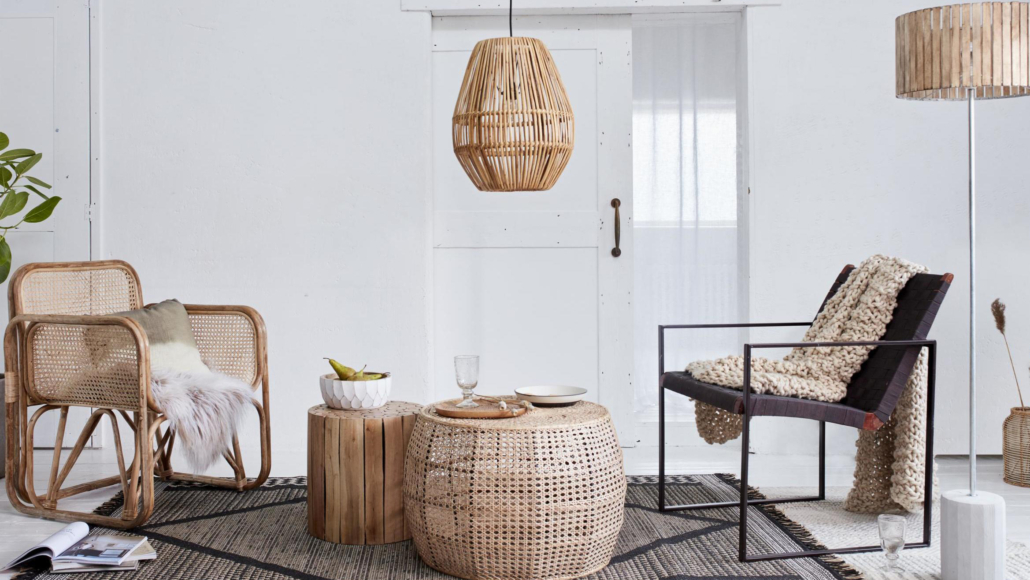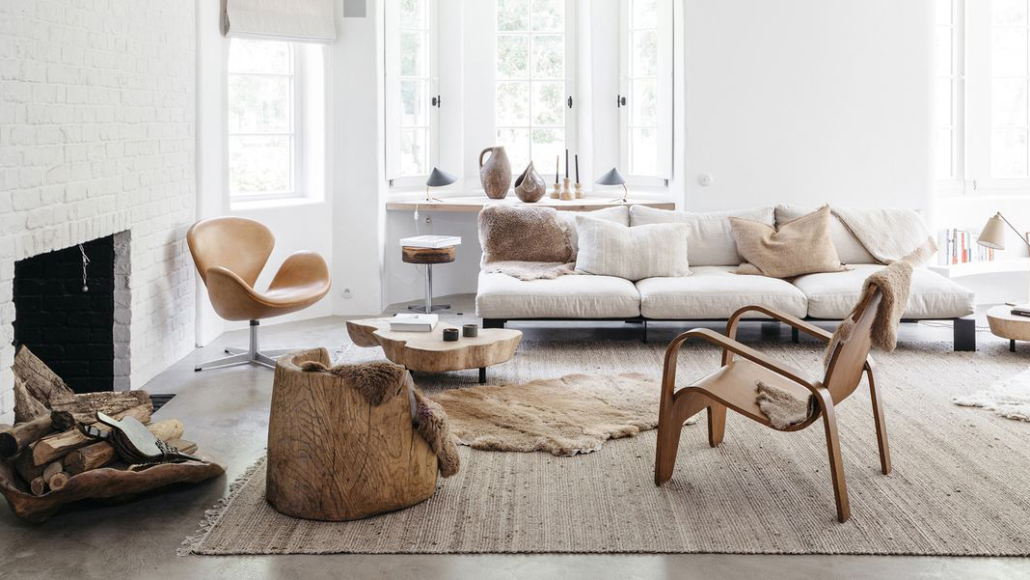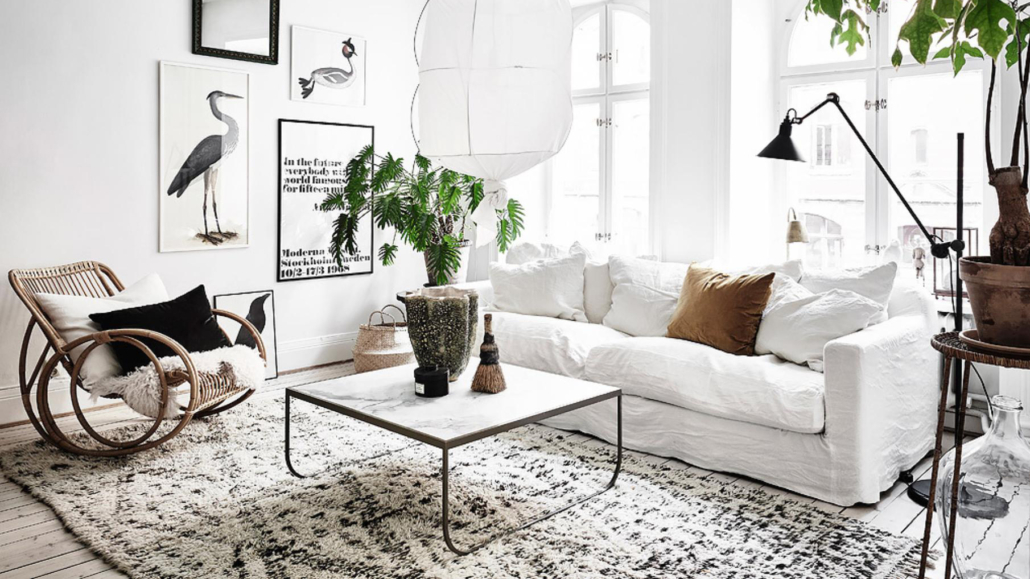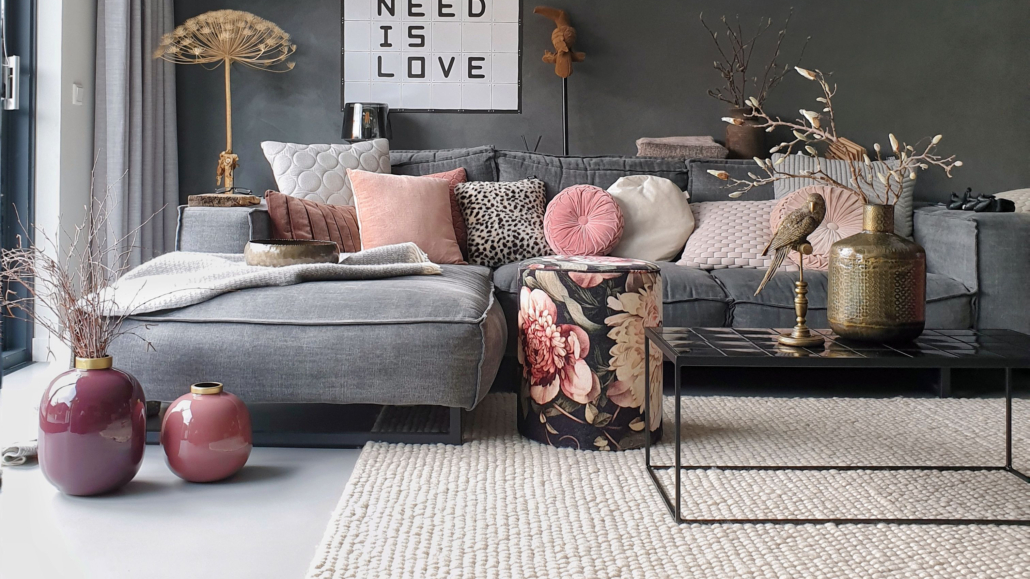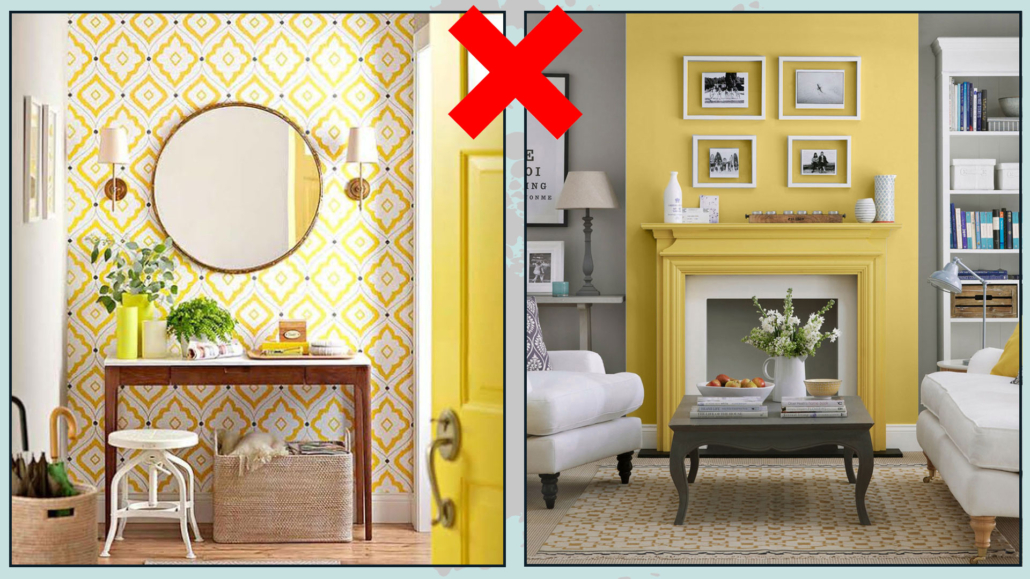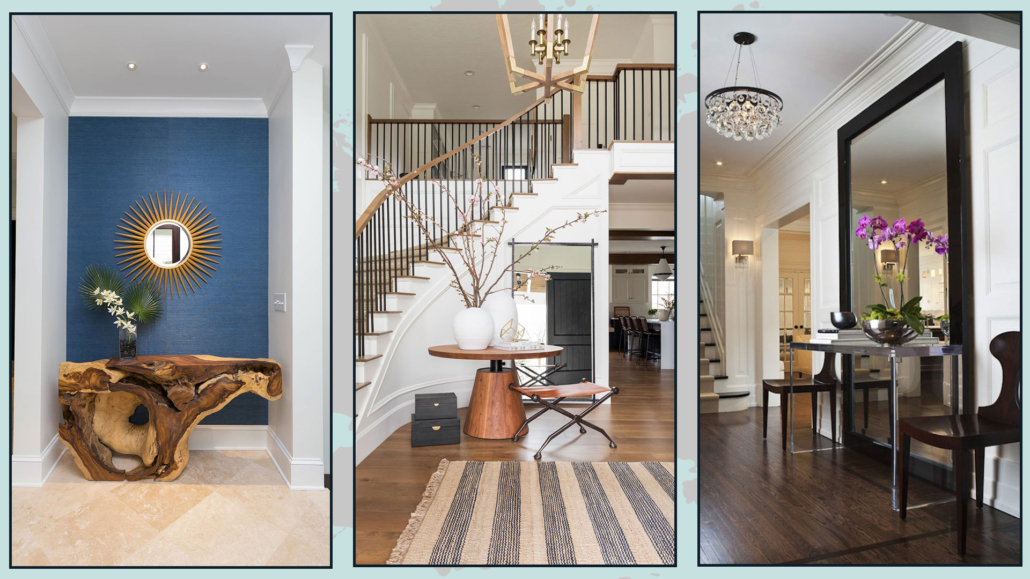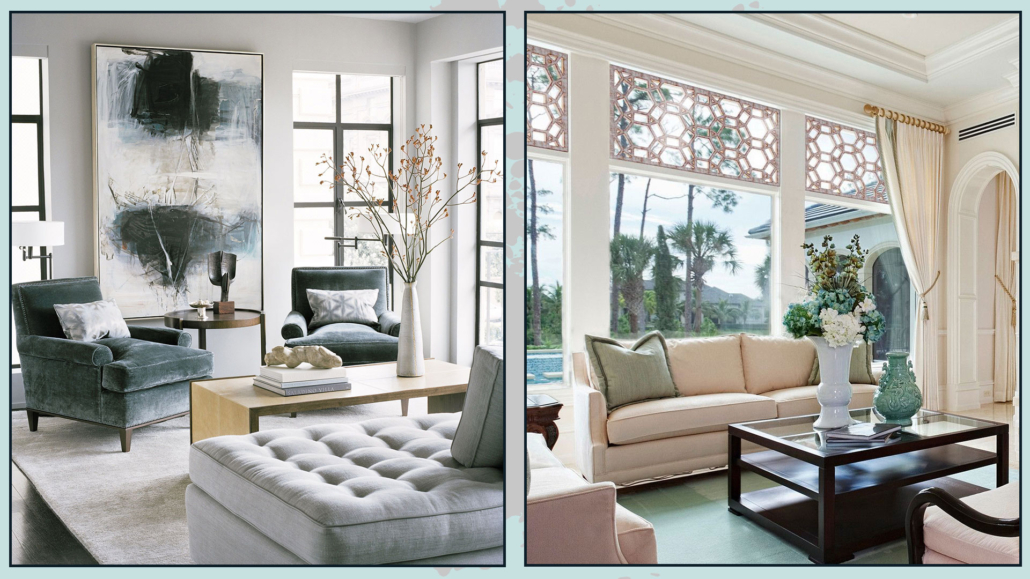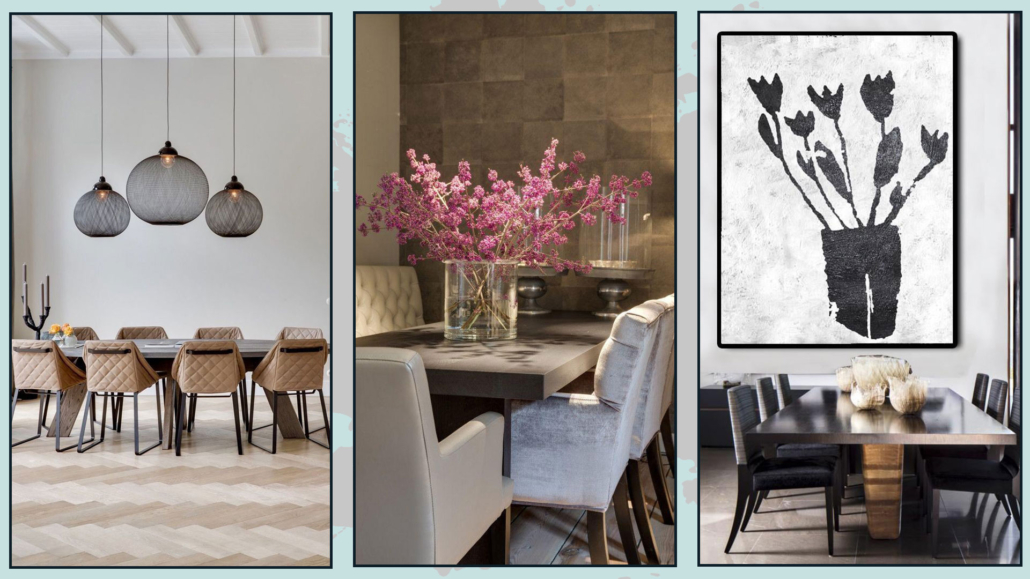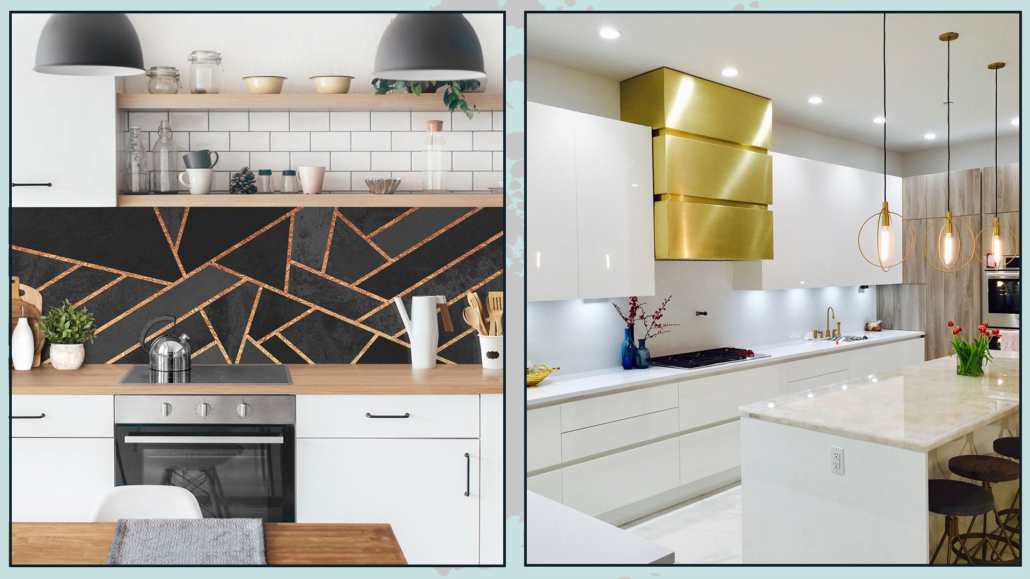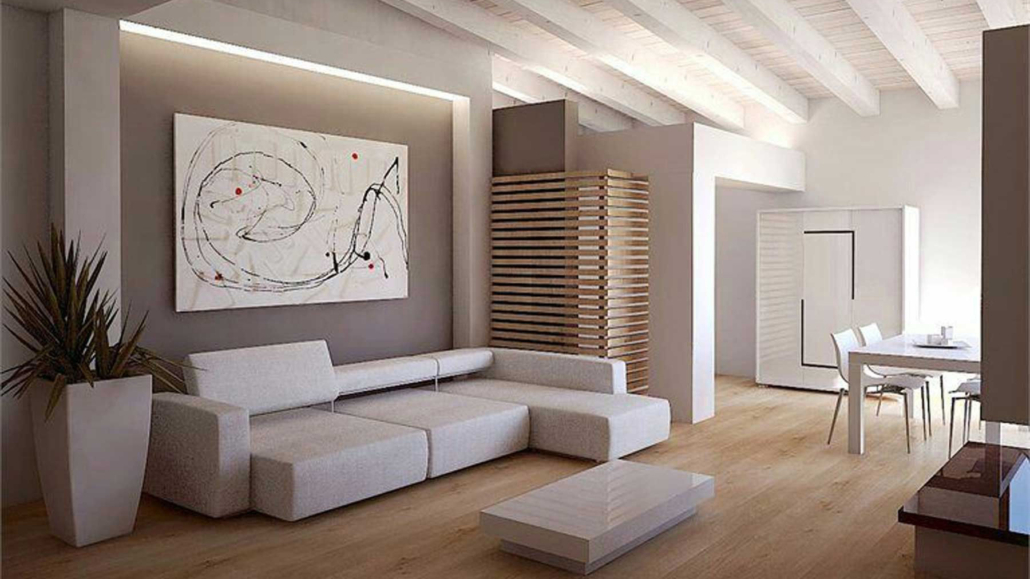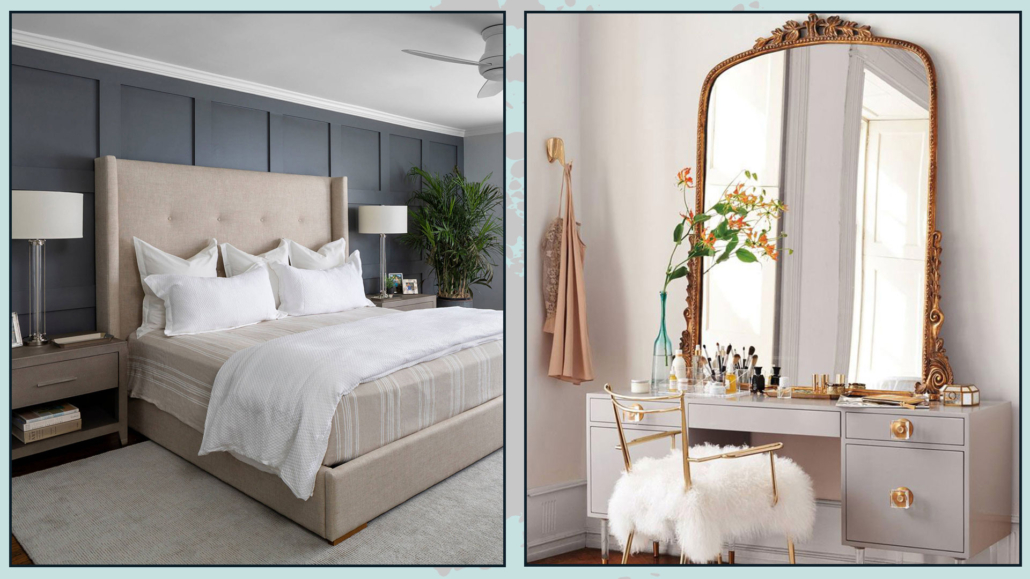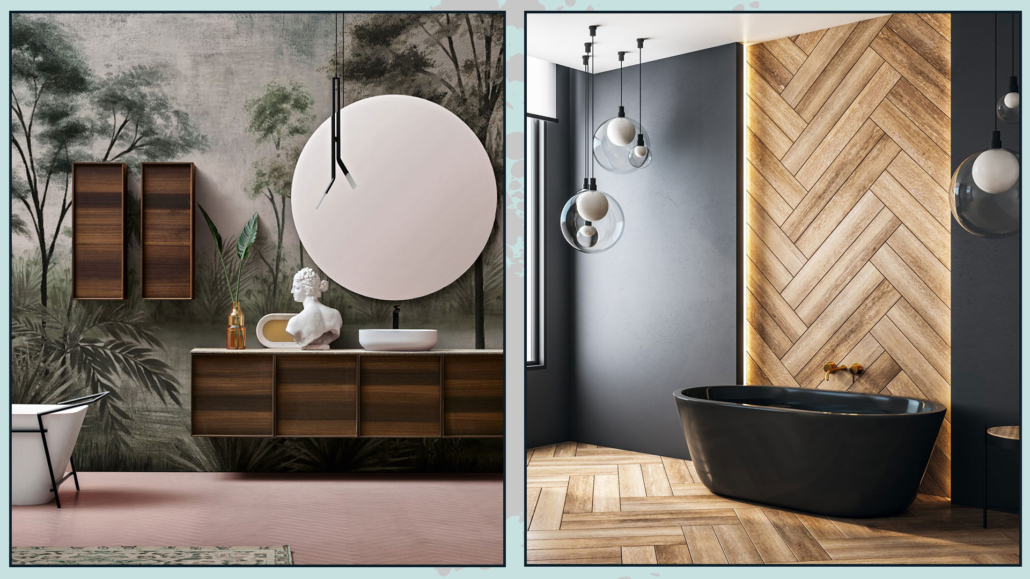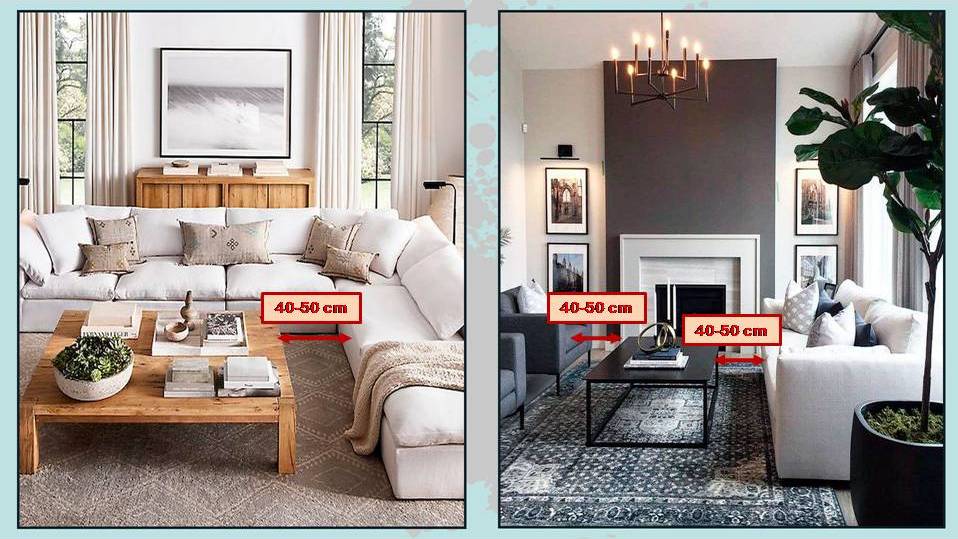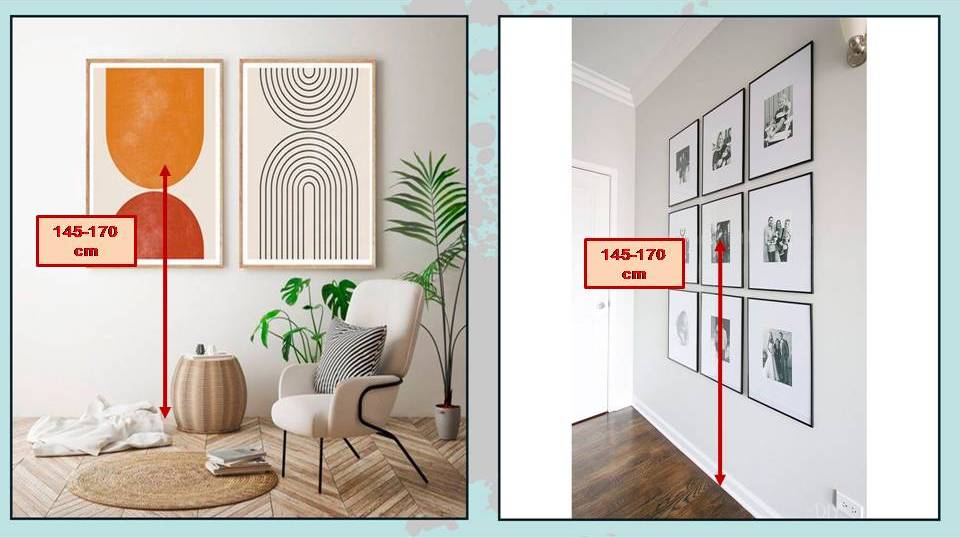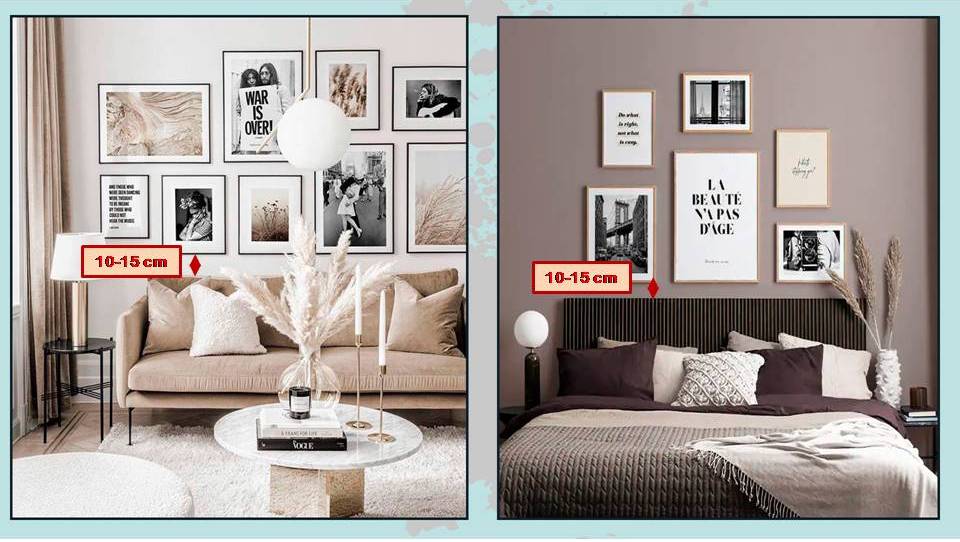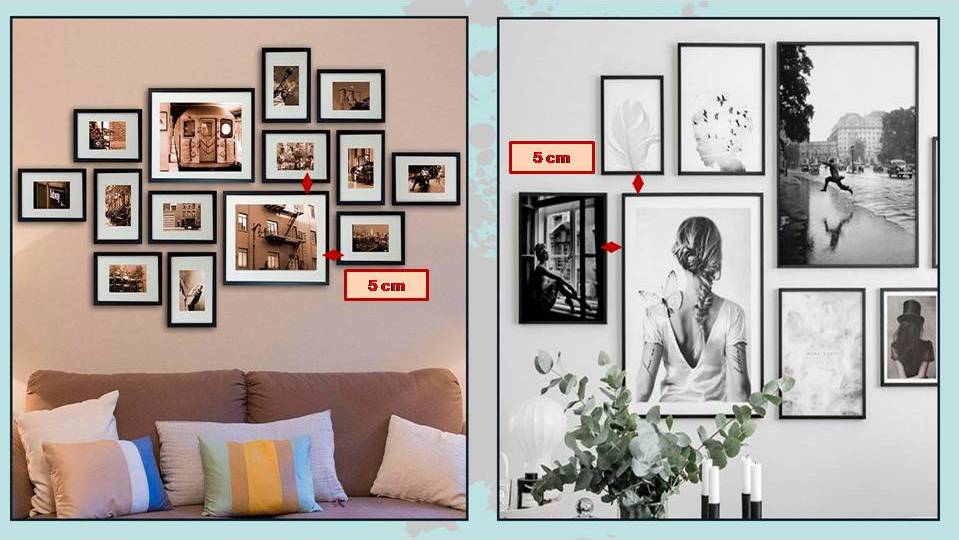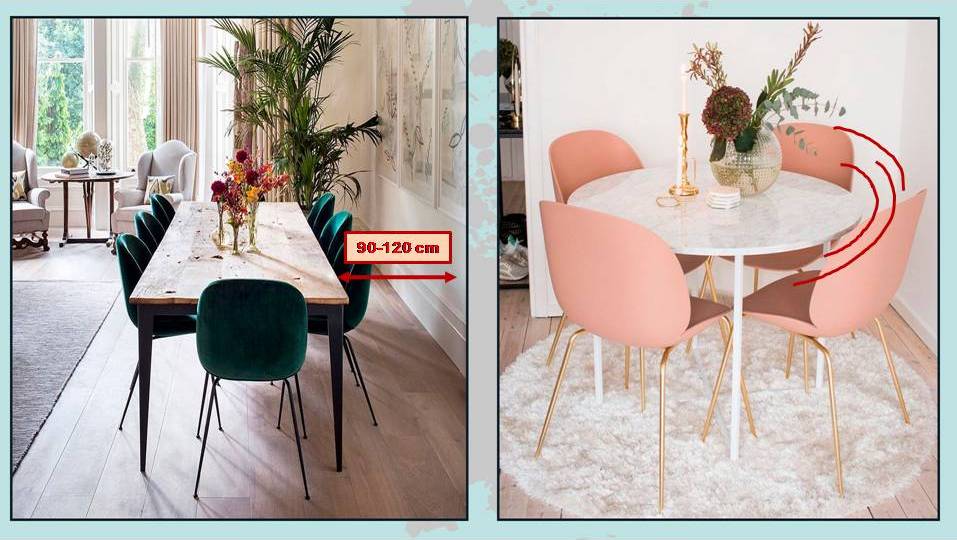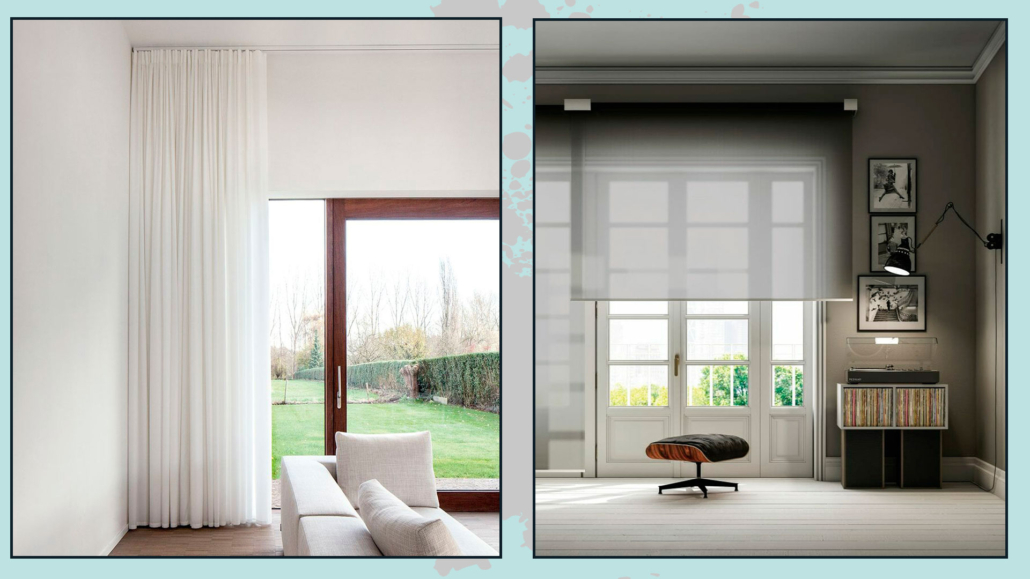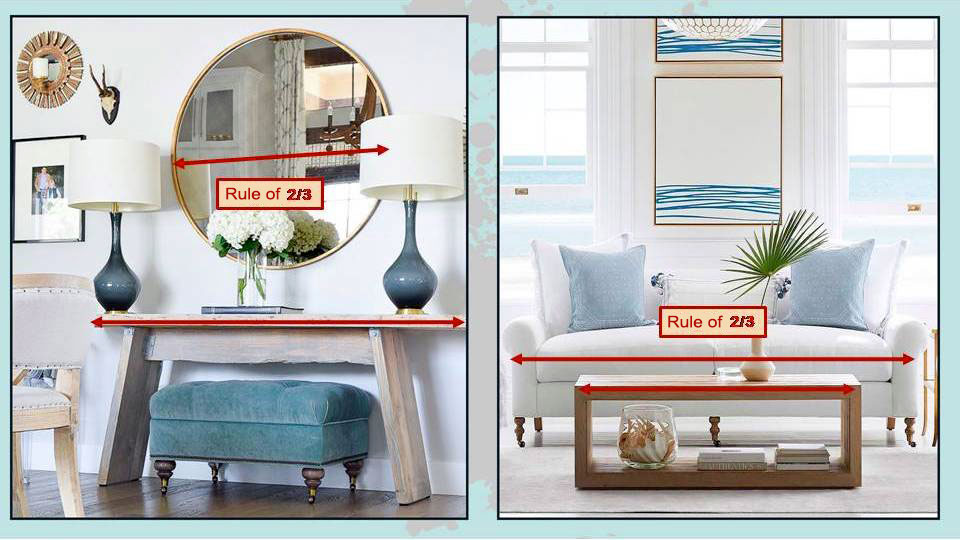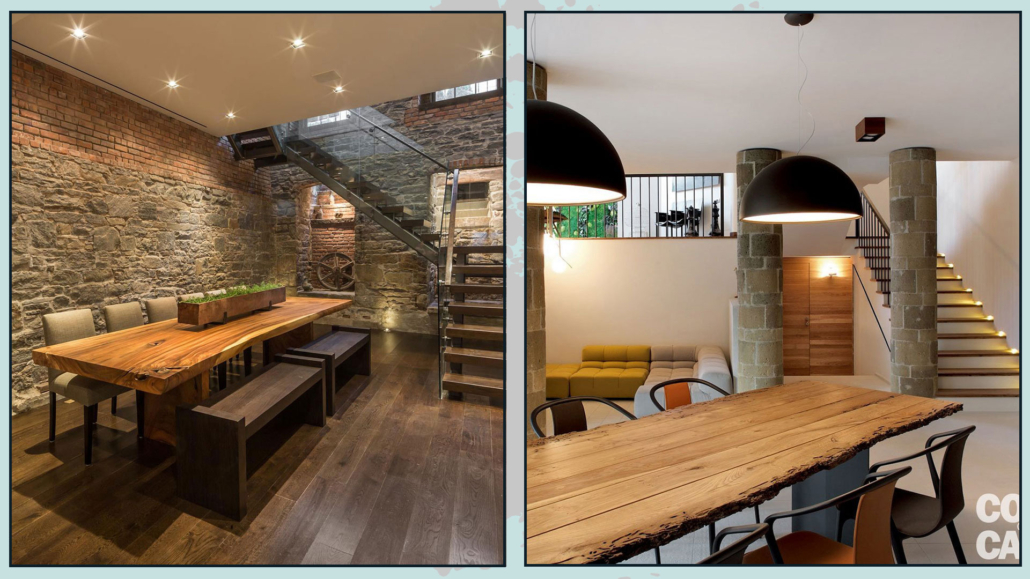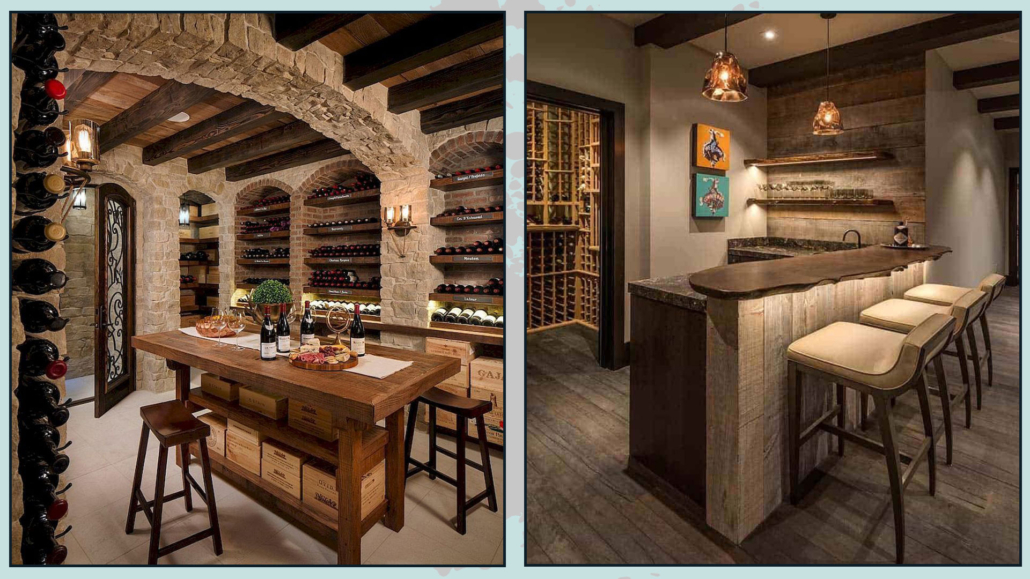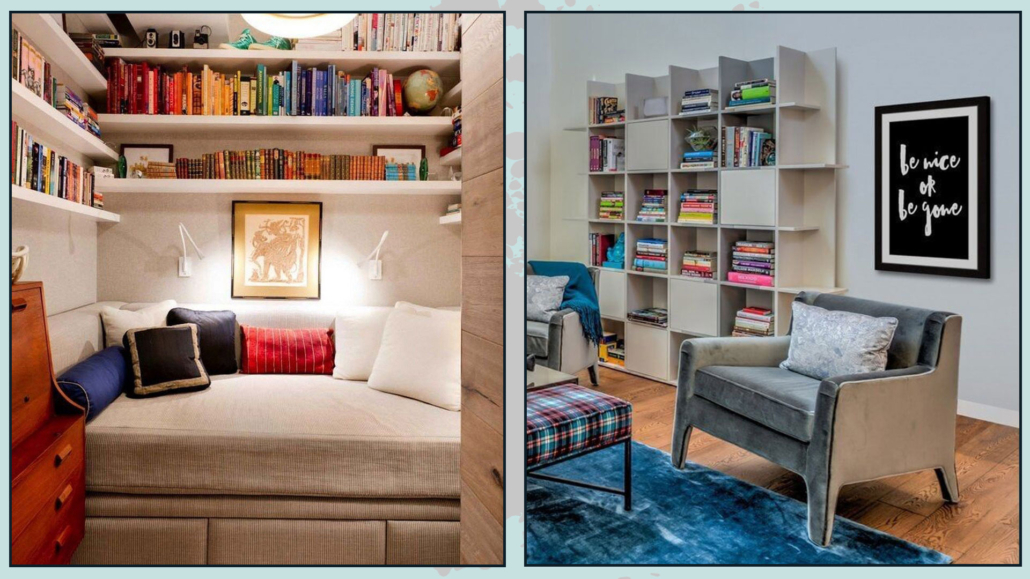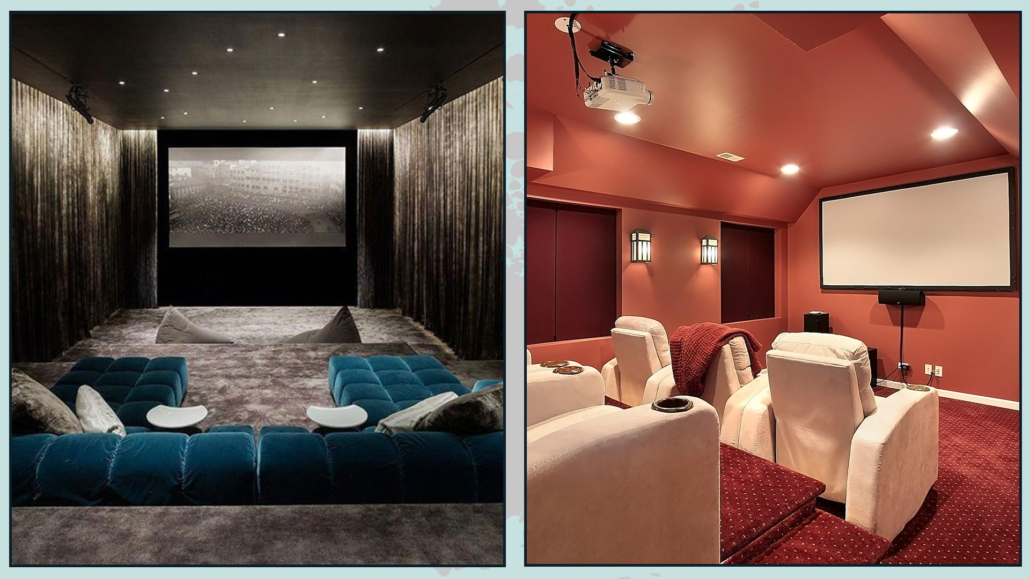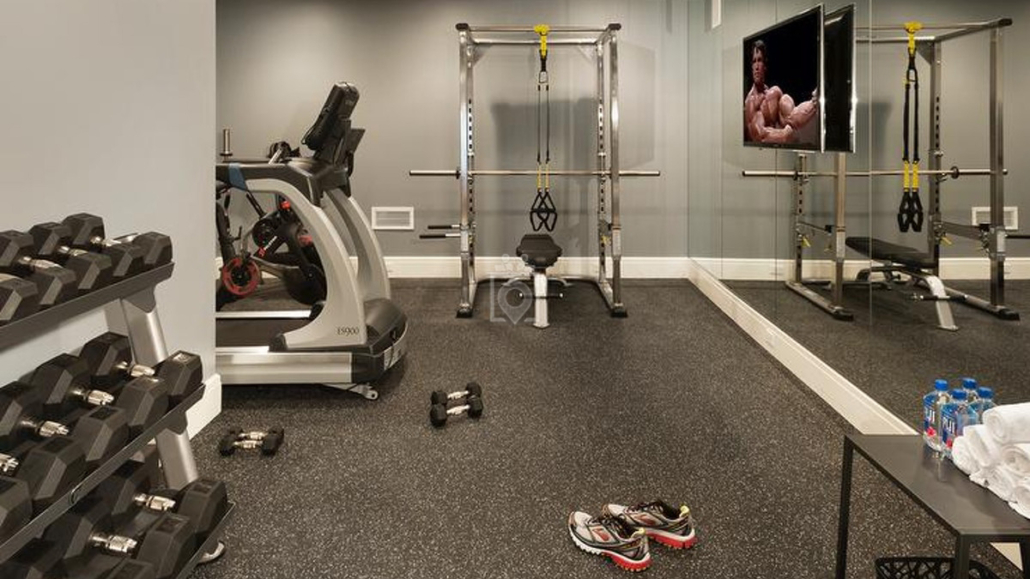It’s been some time now that wallpaper has been back on trend, but, as you know by now, it’s nothing like what our grandparents used!
With modern technologies, there are wallpapers of different materials which can now be adapted to any environment, even unthinkable ones such as kitchen and bathroom, even in the shower interior!
Even in terms of colors and patterns, there really is such a varied and wide choice that getting lost is a snap!
How to choose the best wallpaper?
EVALUATE THE MATERIAL
The first thing to figure out is WHERE we want to put the wallpaper; this is important to understand the most suitable material!
As I mentioned earlier, today, wallpapers are made of different materials, not only pure paper; in fact, there are also fabric wallpapers, vinyl wallpapers, fiberglass wallpapers, etc.
Depending on where the wall to be decorated is, there will be the best material:
– for example, to use wallpaper as a kitchen backsplash, the ideal is to use fiberglass one, in the bathroom, and even in the shower vinyl or PVC paper will be suitable.
– in all other rooms that do not have as much humidity and thermal stress, all kinds of paper will do, although perhaps the best is a nonwoven paper composed of fabric and vinyl, making this paper durable, washable, and also very pleasant to the touch.
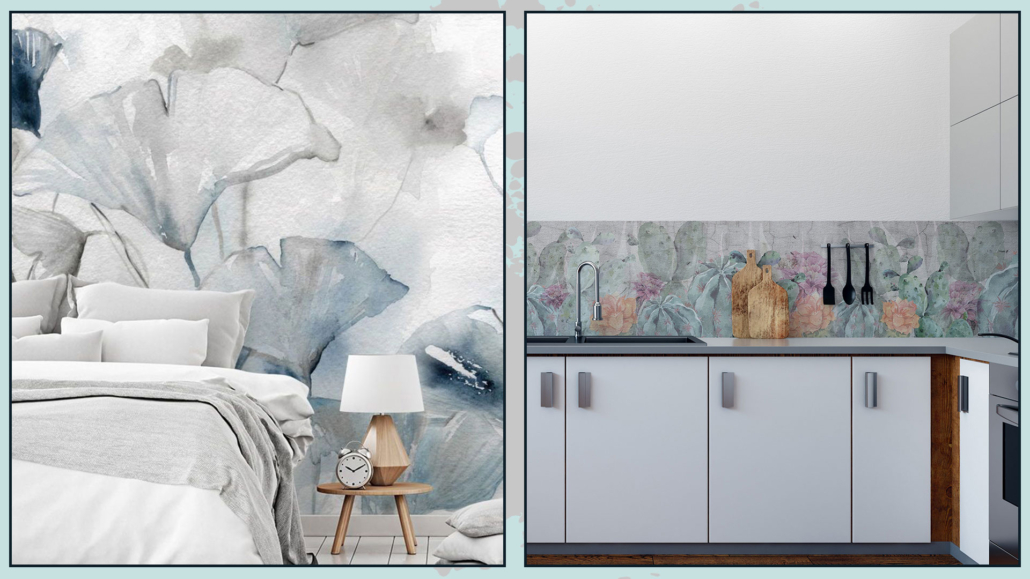
(credits: wallsauce.com; Lime Lace)
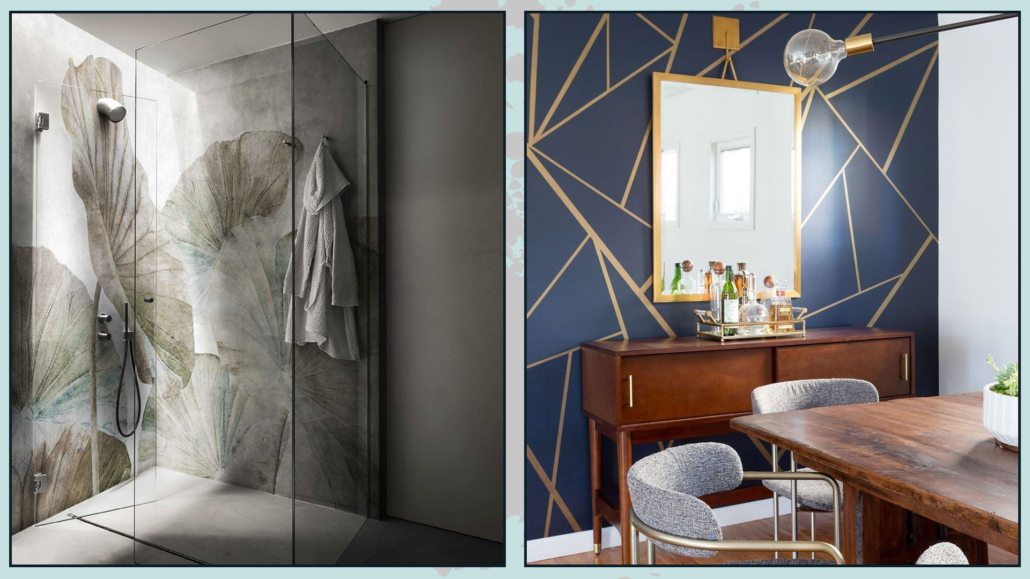
(credits: london-art-naiadi-wallpaper; Jenn Feldman)
ATTENTION TO THE CONFIGURATION OF THE ROOMS
For the correct choice of paper, it will be essential to consider the condition of the room where you want to put the wallpaper.
Patterns, especially, should also be chosen according to the size and lighting conditions of the room.
For example, if the room is small, better to use wallpapers with light contrasts and designs that are not too small to avoid over-saturating.
You could even dare with decidedly oversize patterns because that also tricks the eye and makes you perceive larger spaces.
In small spaces also better not to put the paper on all four walls.
The thing that actually, I personally advise against regardless, is to avoid “trivializing” the choice of wallpaper, but mainly because the eye also needs solid colors to rest!
However, it is clear that, in huge environments, you can dare a little more!
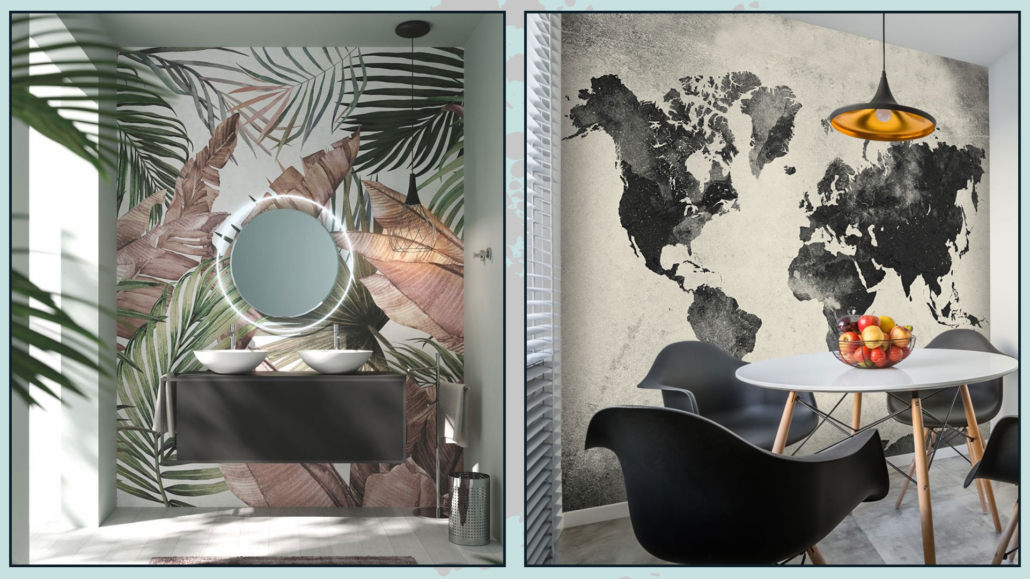
(credits: archiproducts; cartadaparatiartistica.com)
For the other walls, you can use colors similar to the paper ones to harmonize it better or neutral and simple colors to enhance it more.
Wallpaper is a great way to emphasize a wall, and create a focal point, so choose the most important wall in the room, the one where you want to draw the eye!
N.B. the focal point doesn’t have to be the wall…it could also be the ceiling!!!
That would undoubtedly give a strong personality to the environment!
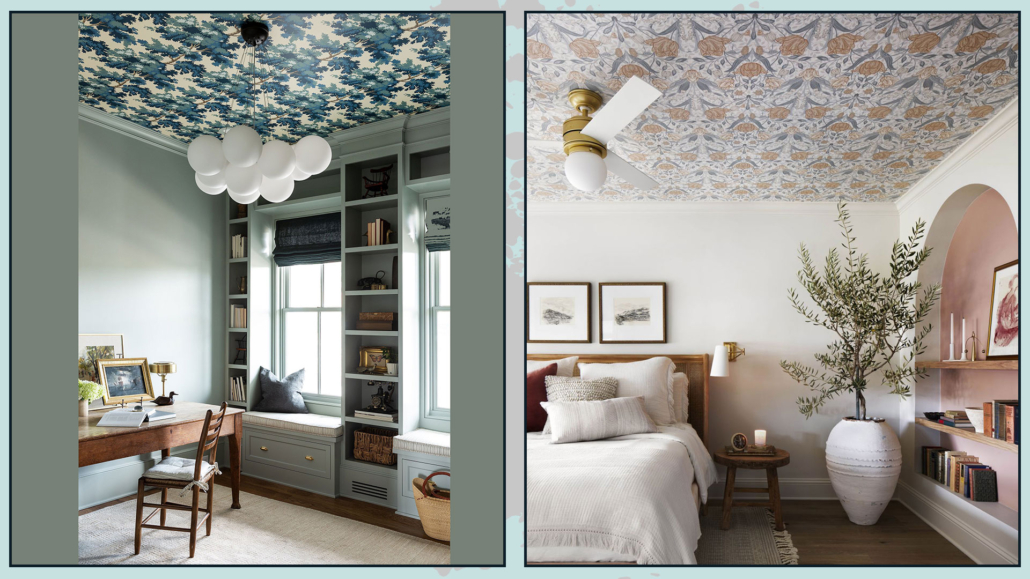
(credits: wdesigncollective.com; Magnolia Network)
FOLLOW THE STYLE
Having figured out the best material, the room configuration, and on which wall (or ceiling) to put the paper, you can choose colors and patterns!
Wallpaper is a piece of furniture in its own right; it must coexist with the rest harmoniously.
Then it will be necessary to look for papers with colors included in the palette selected for the house and from the patterns that can enhance the chosen style.
For colors, the “rules” for choosing solid colors apply, so in addition to referring to the palette, it will be based on the feelings you want to experience.
Light-colored papers will visually enlarge spaces, while dark ones will create more intimate environments.
You can also combine it with the other elements using the color wheel and its various combinations (I’m talking in detail about this here).
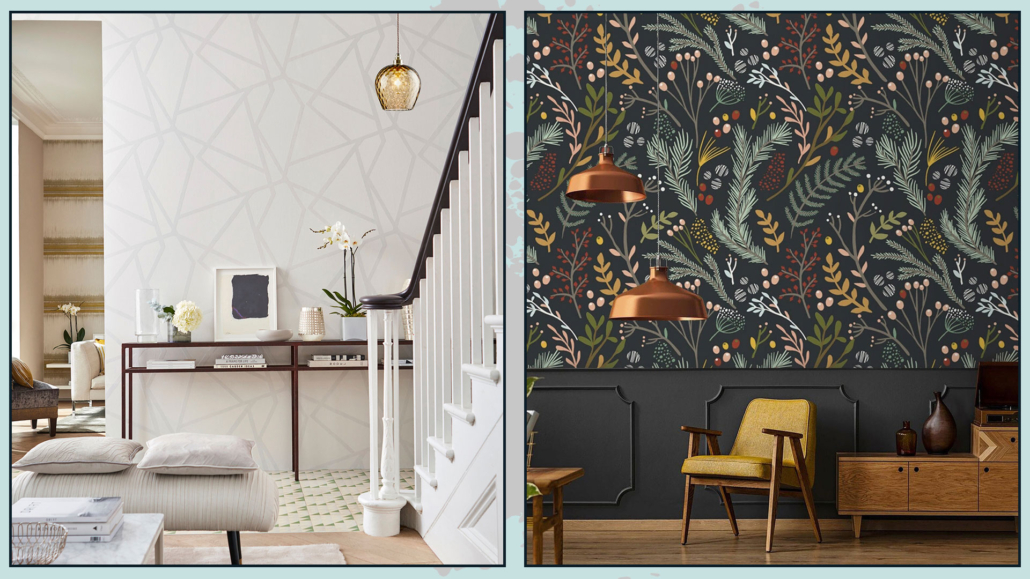
(credits: wallpaperdirect.com; cutewallpaper.org)
As mentioned earlier, for these reasons, it will be paramount to look for something that enhances the style you choose and can perfectly complement your type of decor.
In general:
– Black and white papers fit well or poorly with all styles and match any floor easily
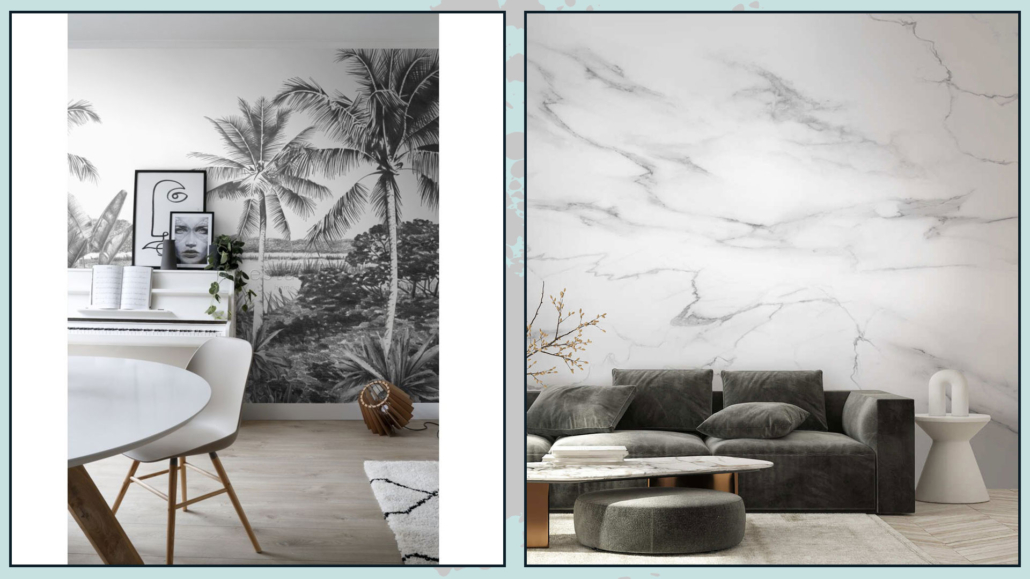
(credits: estahome.it; uwall.it)
– Geometric wallpapers combine well with modern and contemporary style
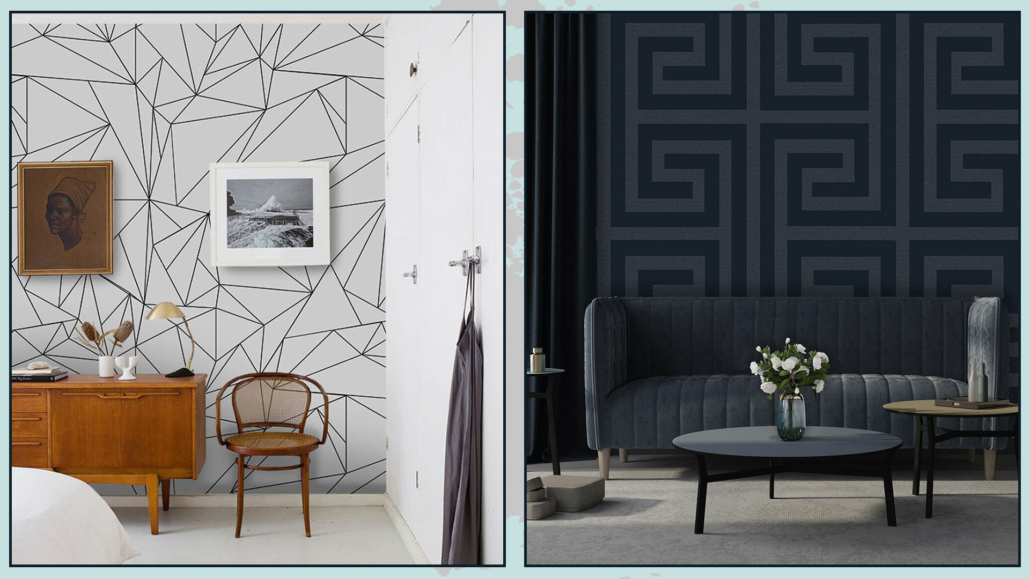
(credits: ebay.com)
– jungle-style cards go well or poorly with all styles, even maybe it may sound strange to you!
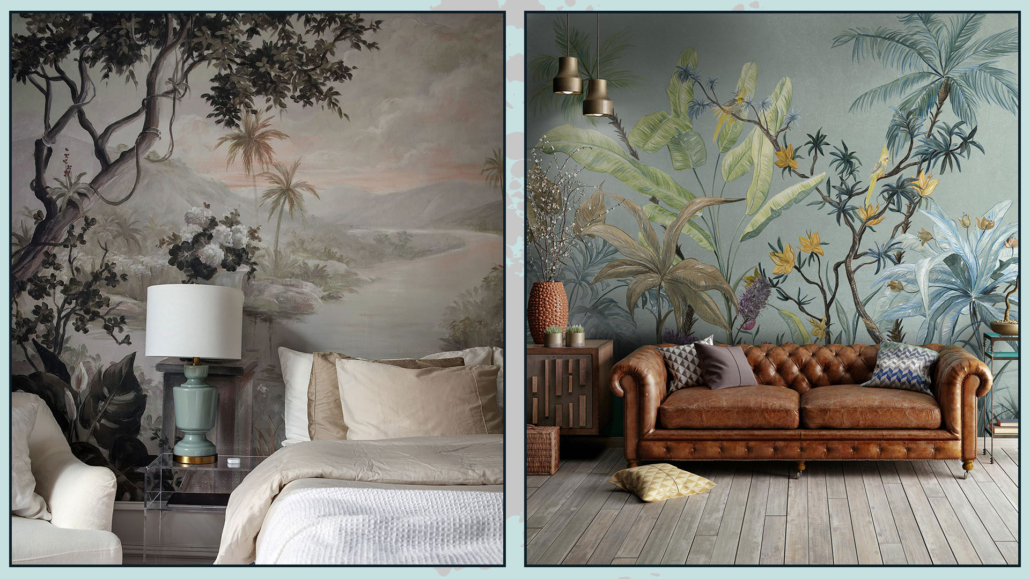
(credits: artofit.org; tecnografica.net)
– Damask and floral cards give a retro and romantic touch.
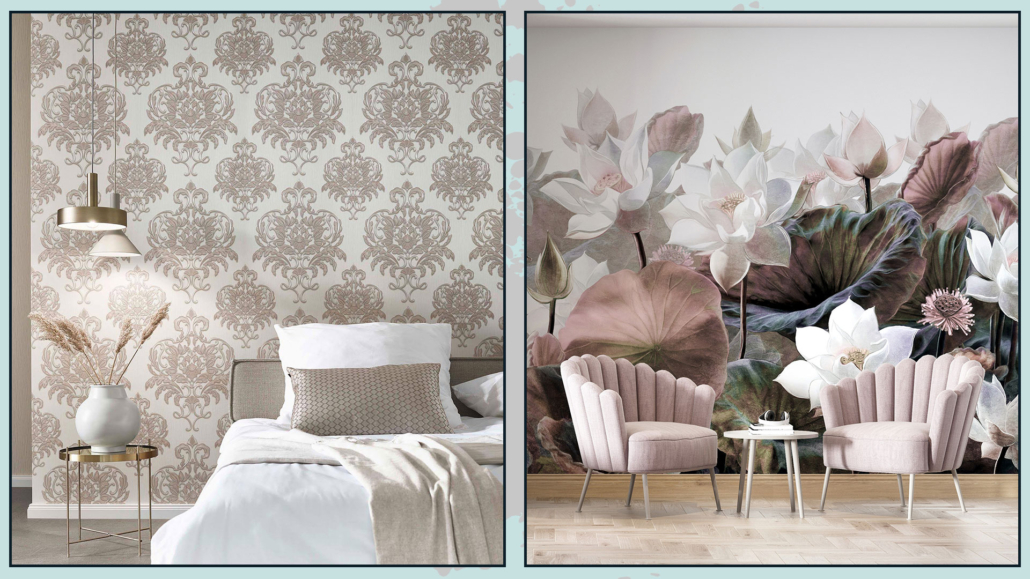
(credits: nattyandpolly.com.au; leroymerlin)
I recommend you to think carefully about your choice so that you don’t have to get bored soon, and by the same token, get something you love madly!
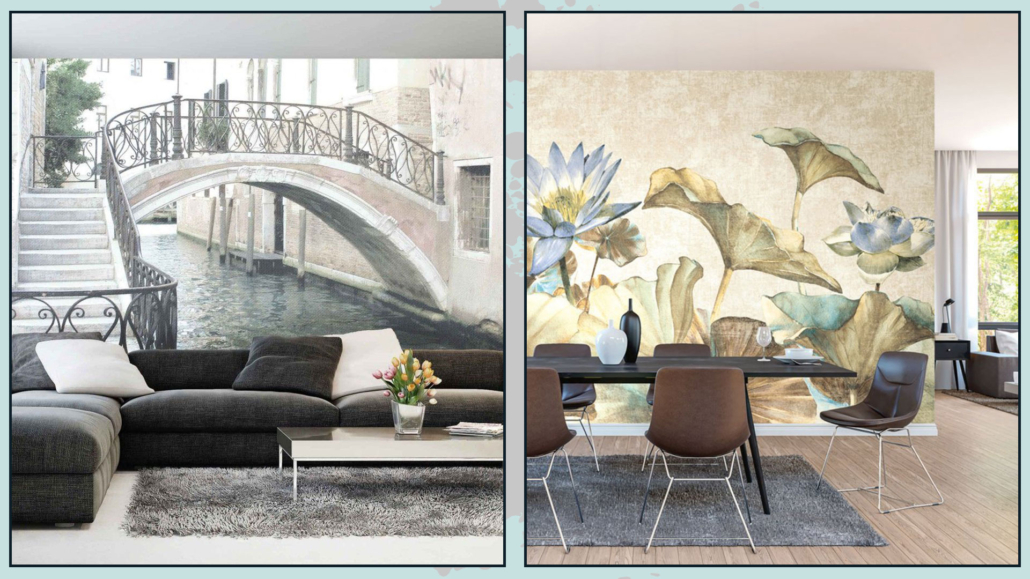
(credits: mobilipolizzidesign.it; sancarwallcoverings.com)
WARNING…
If you decide to use wallpaper in your home, as always, I recommend not to overdo it; not only is it better not to paper all four walls, but it is also good to avoid putting it in every room of the house.
That is because otherwise, this choice will become less distinctive and original!
Also, if you choose striking patterns, don’t repeat them too often because instead of characterizing the environment, they can annoy the eye.
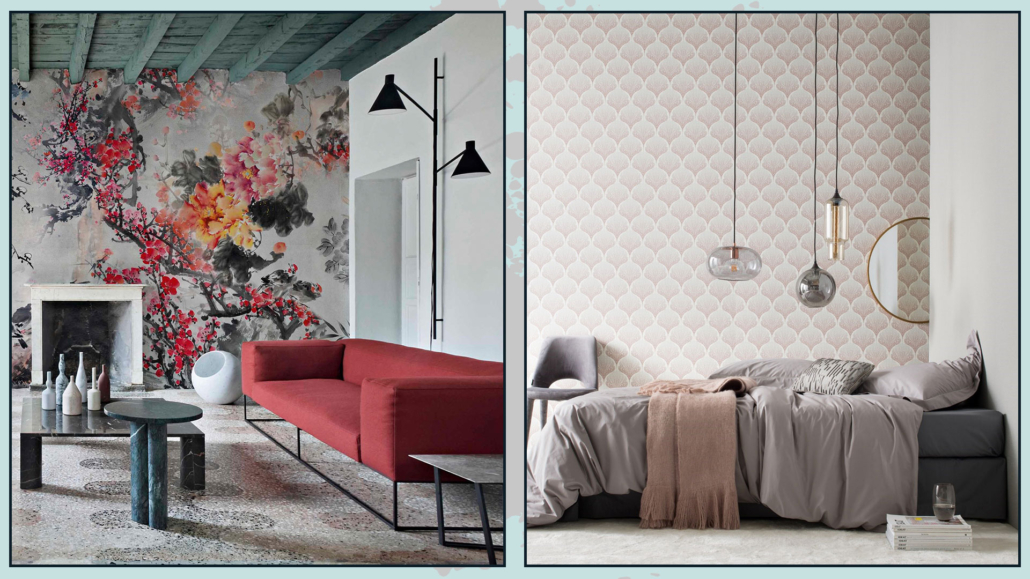
(credits: stan-concept.com; bricoflor.it)
Many brands study custom designs so that the pattern is proportionate and in scale to the size of not only the wall but also the rest of the room.
Finally, I recommend not skimping on choosing suitable wallpaper; if you choose low-quality materials, it will be ruined soon!
If you want to make the investment, do it well by choosing the most suitable material!
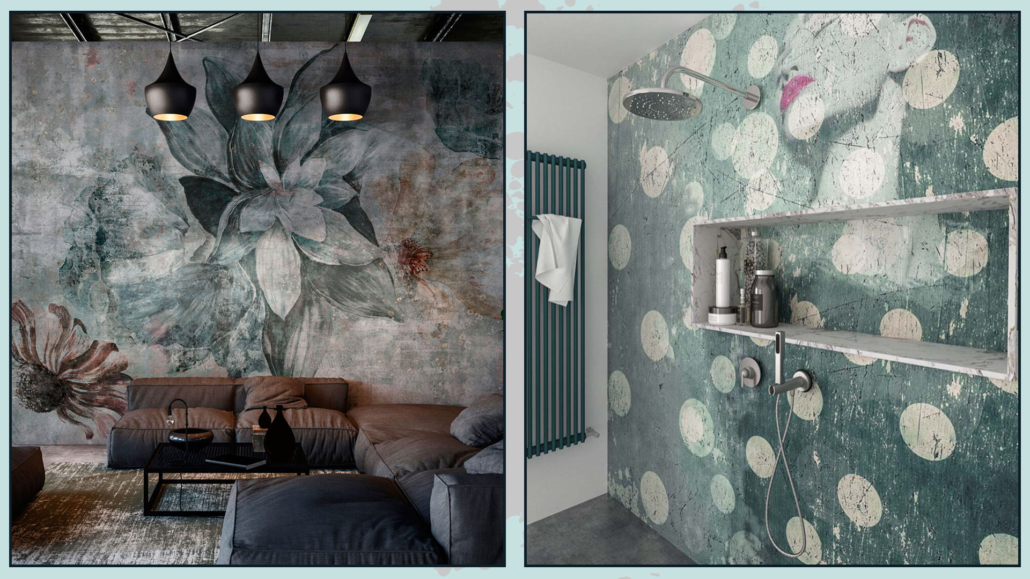
(credits: tecnografica.net; edilcomes.com)
I hope this article was helpful and you loved it; in case, let me know in the comments!
Feel free to share it with anyone you think might be interested, I will be honored, and it will help me get my name out there.
If you feel that your home, or some environment of it, does not reflect you enough, do not wait any longer and book your advice: just contact me!
